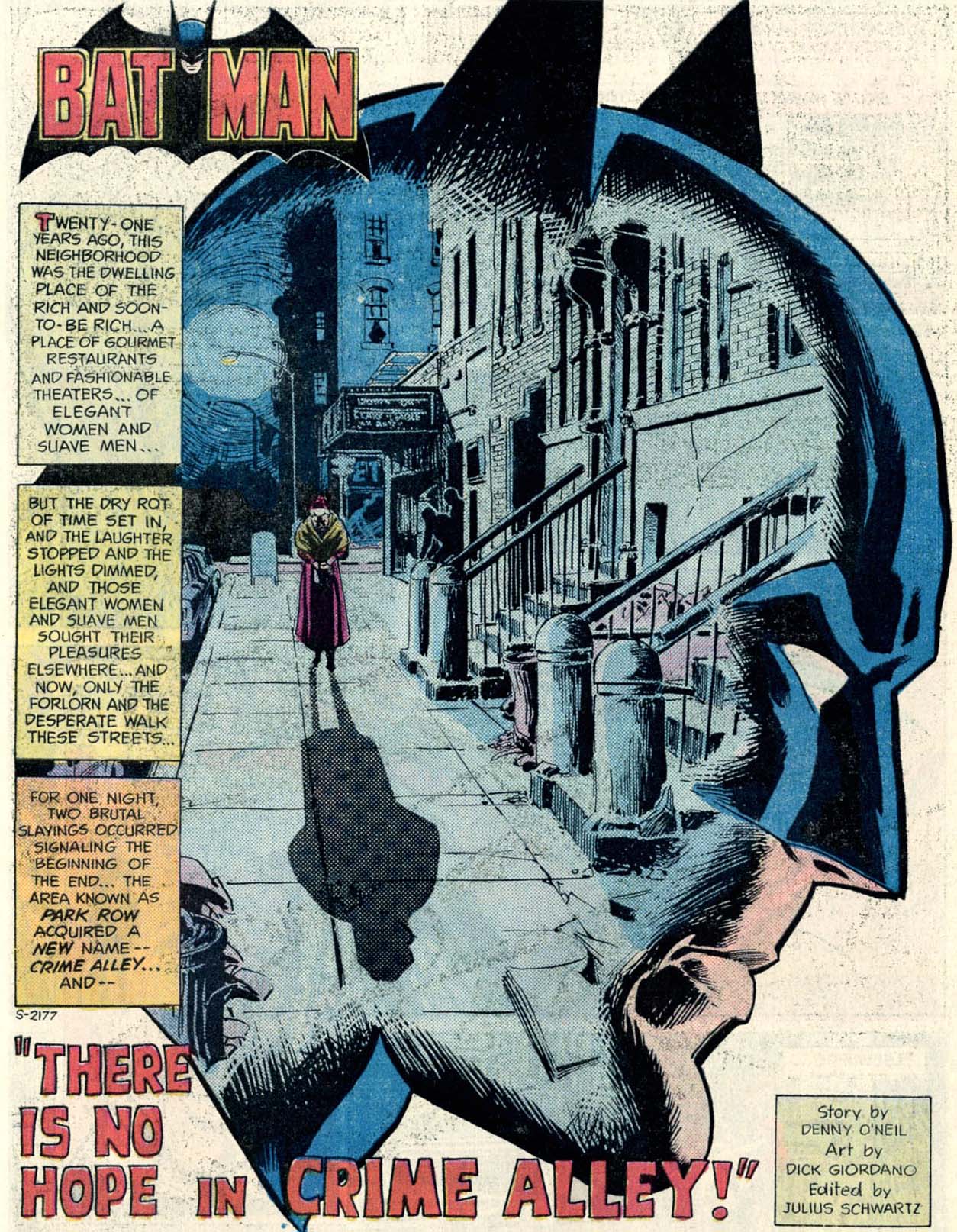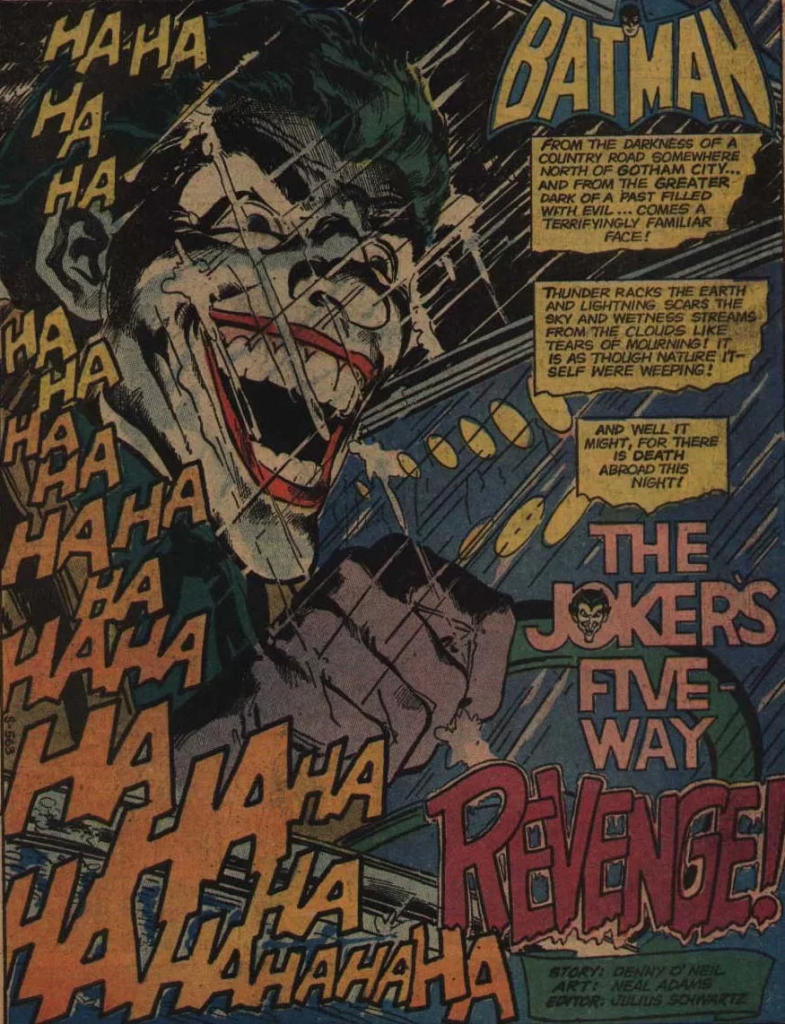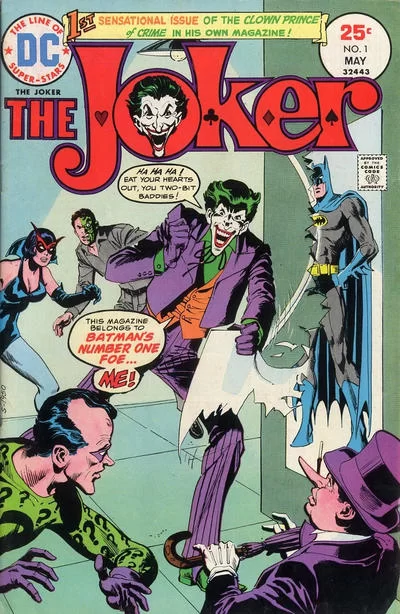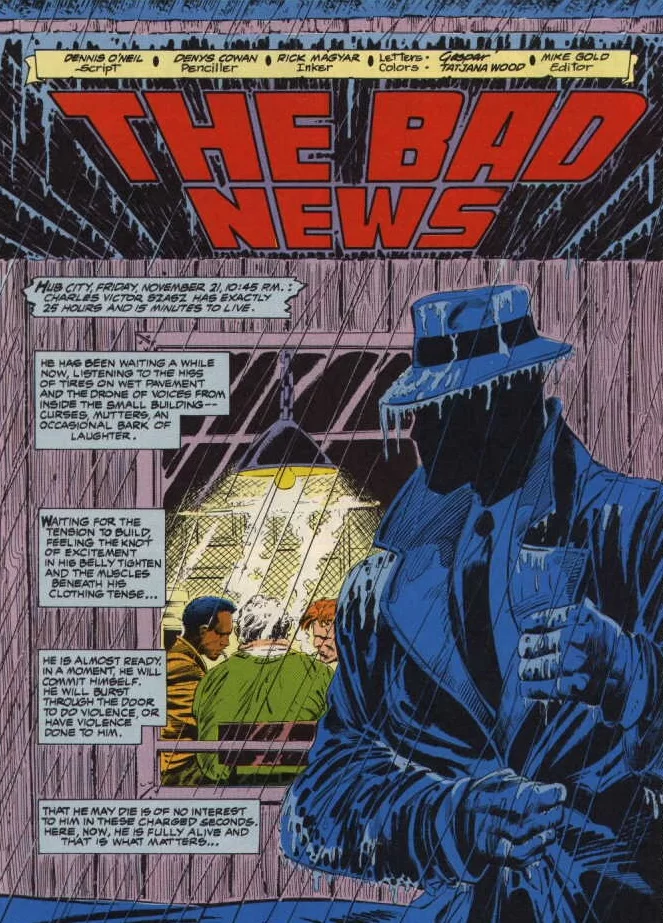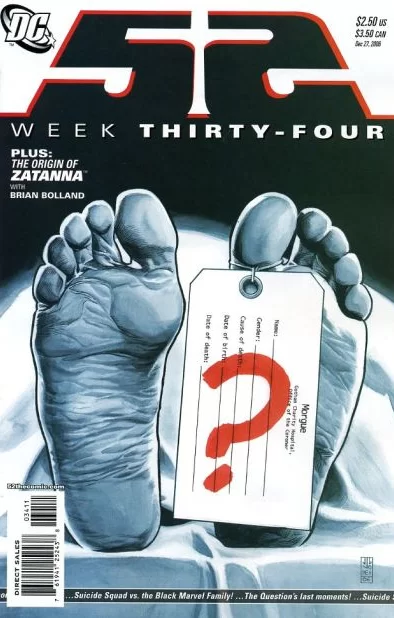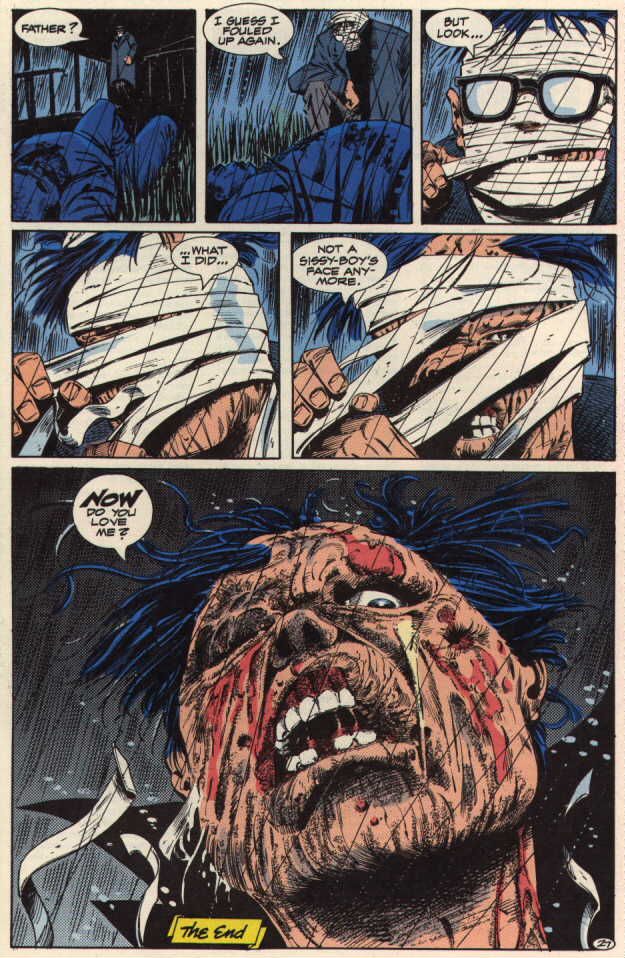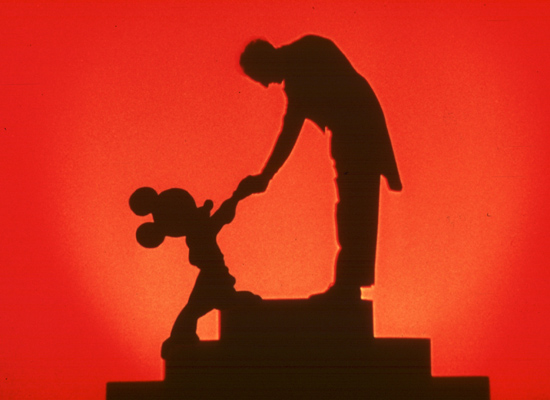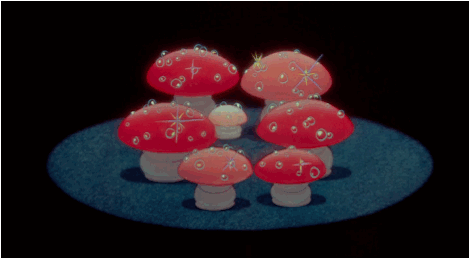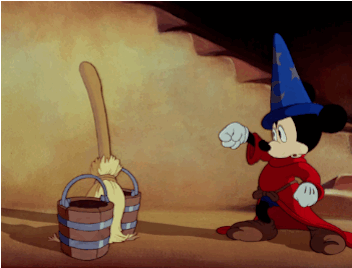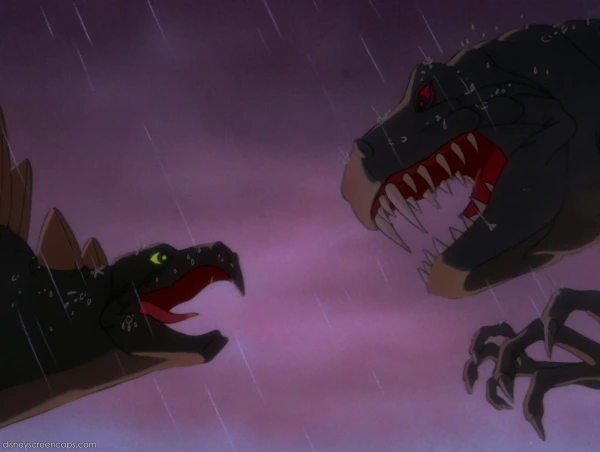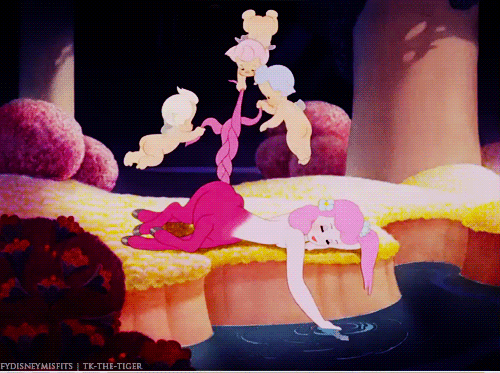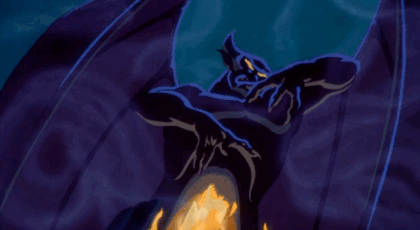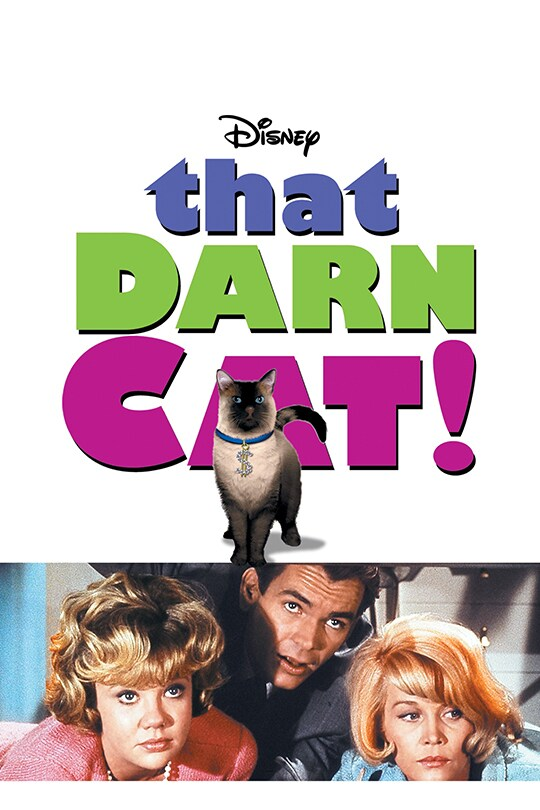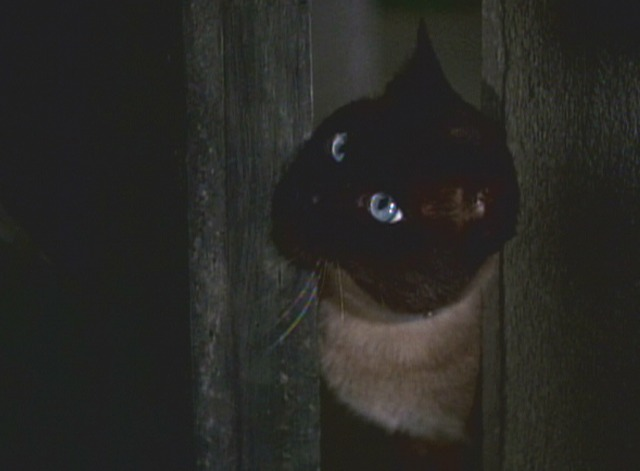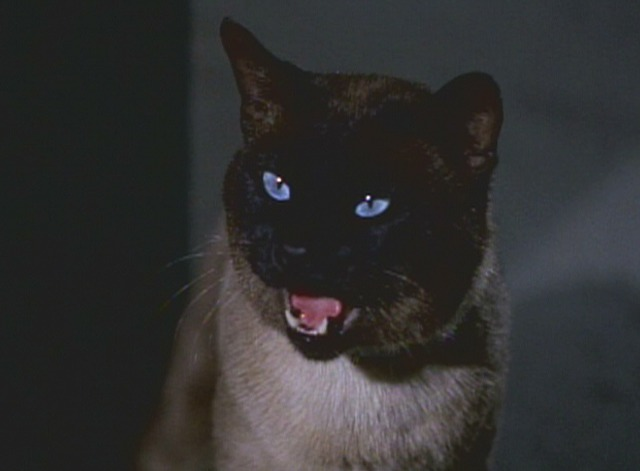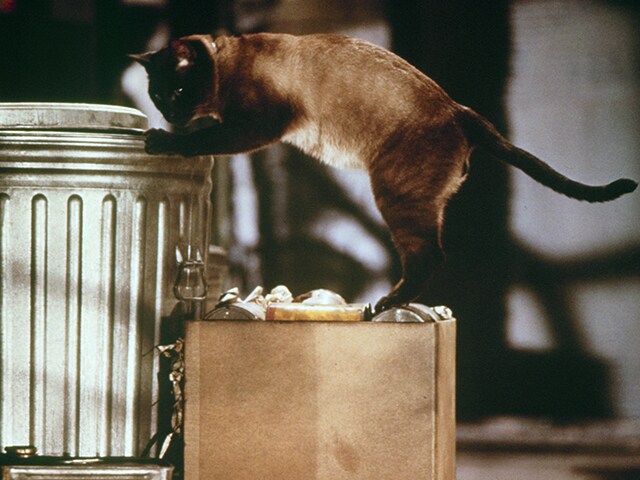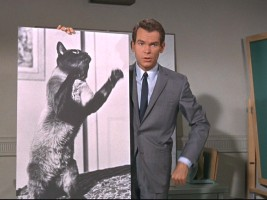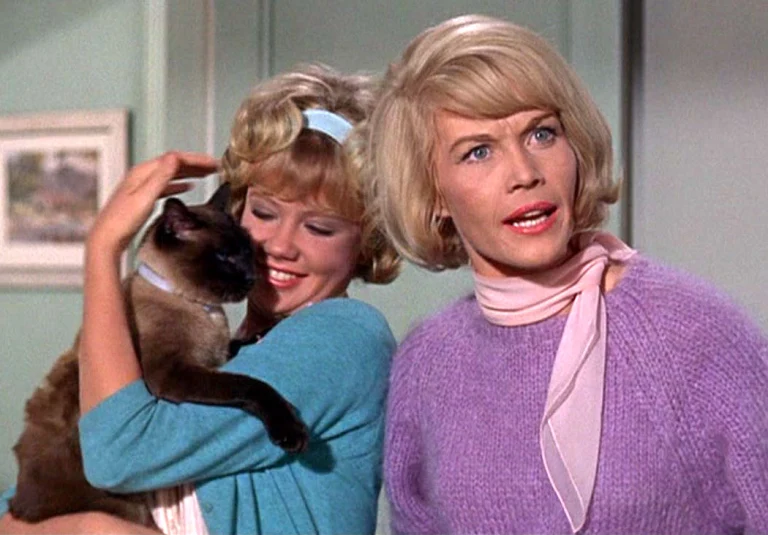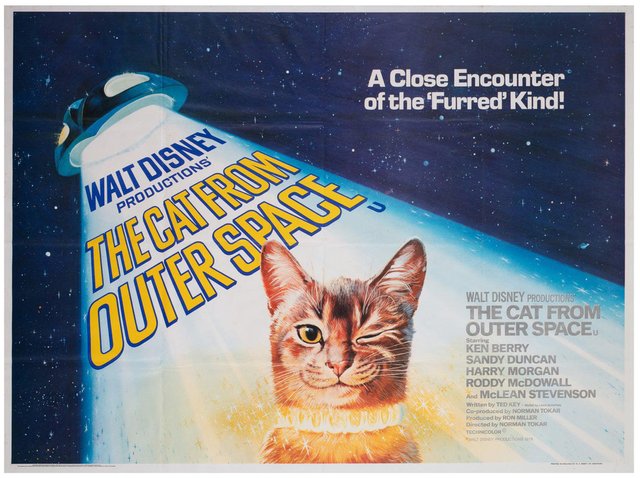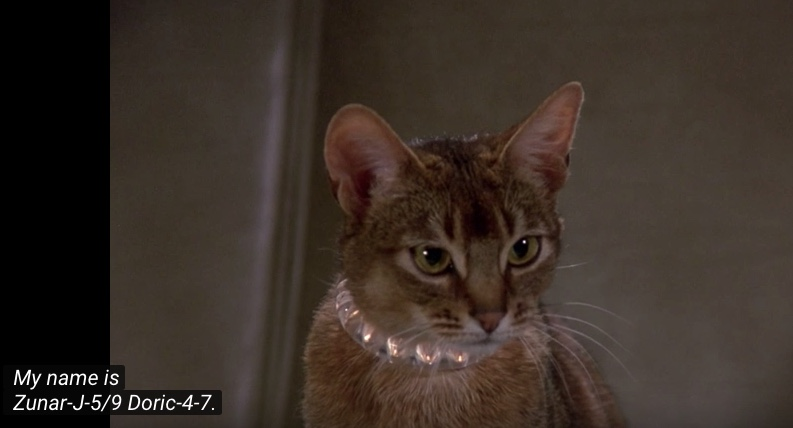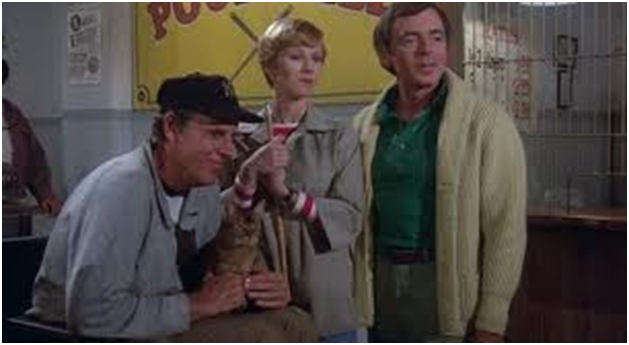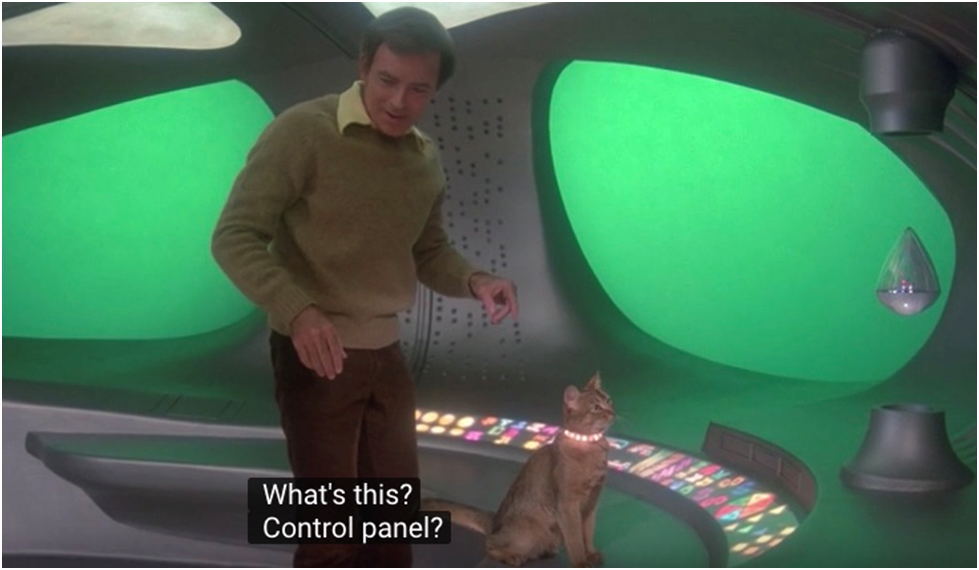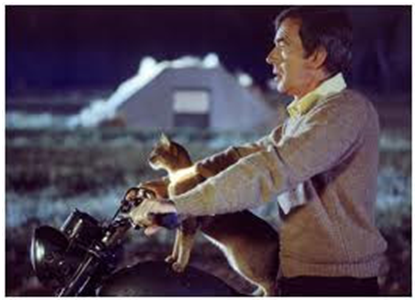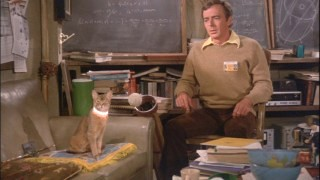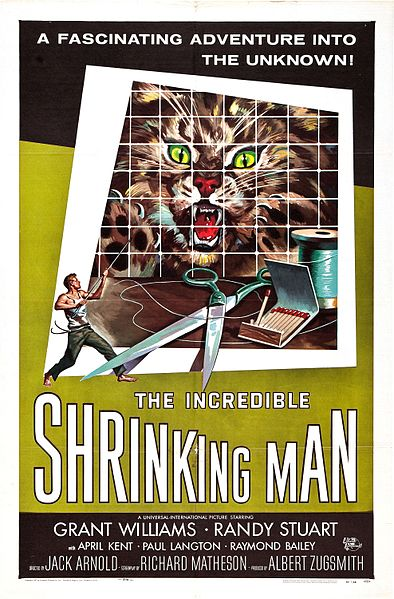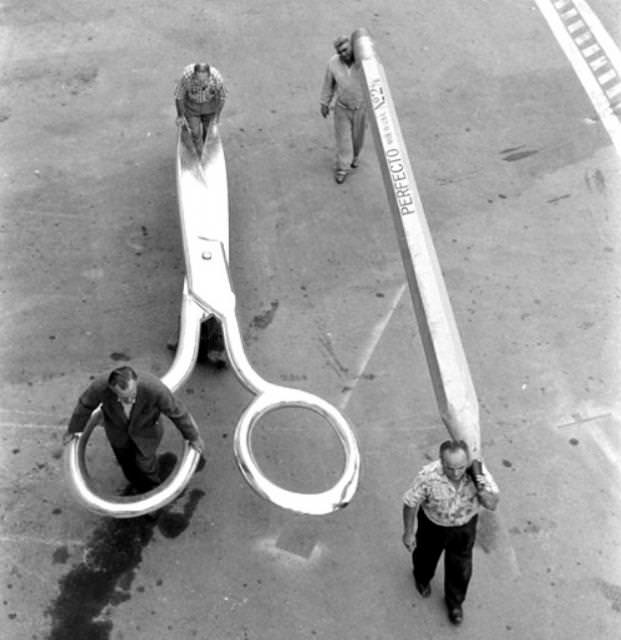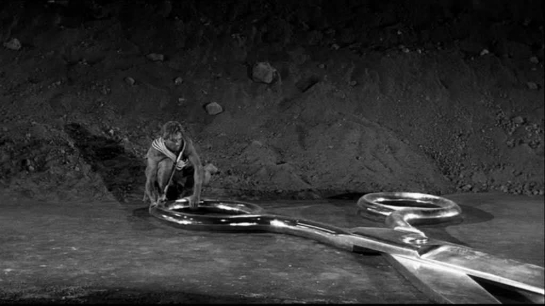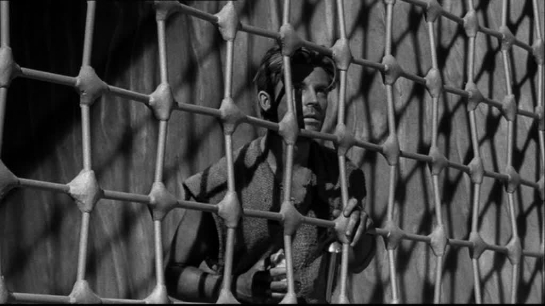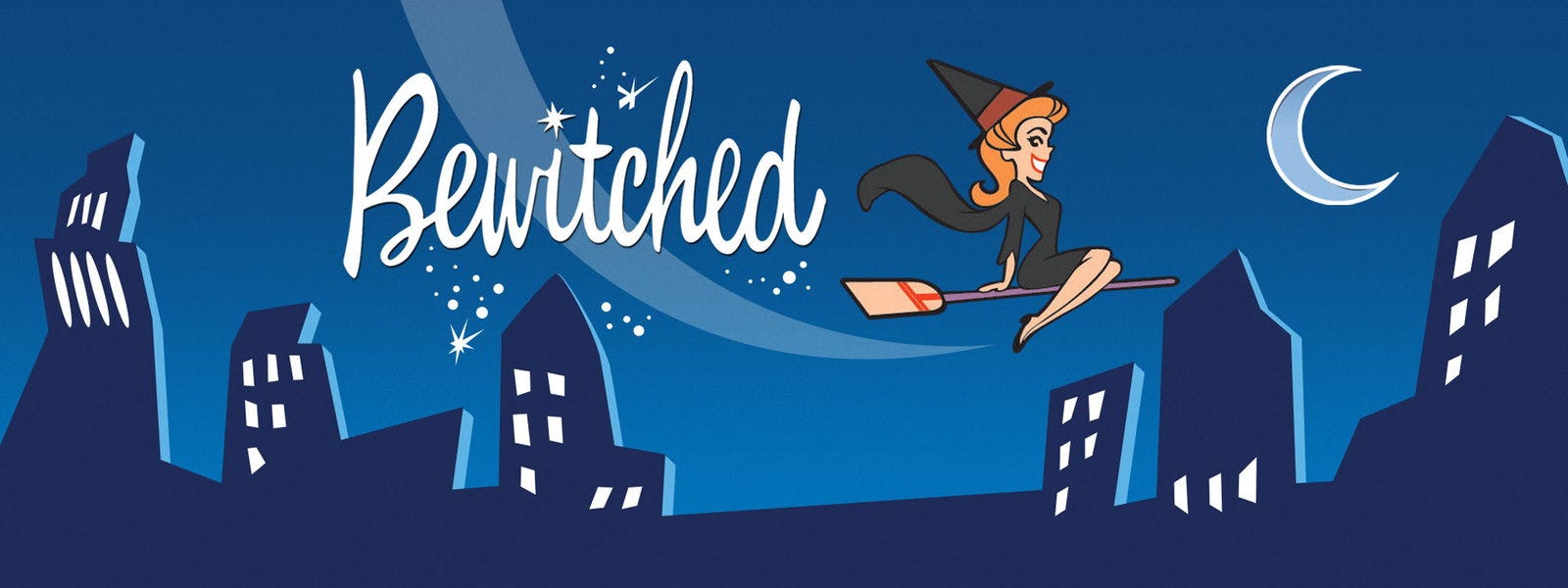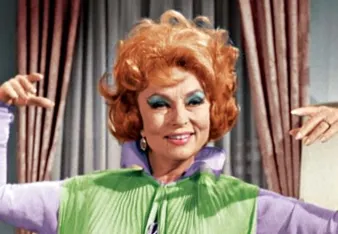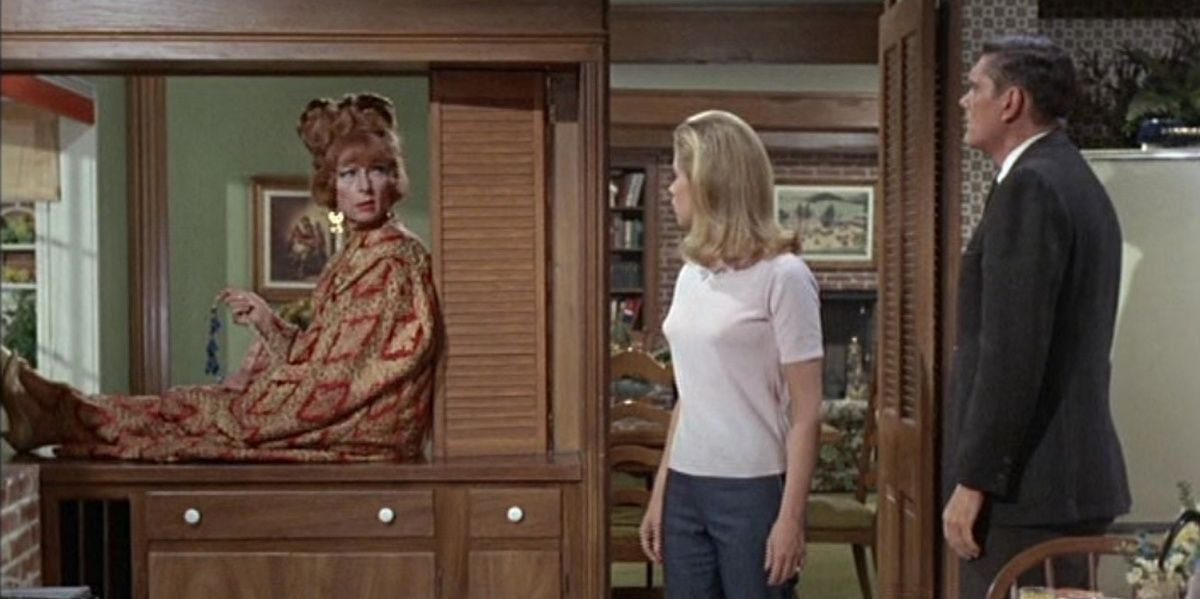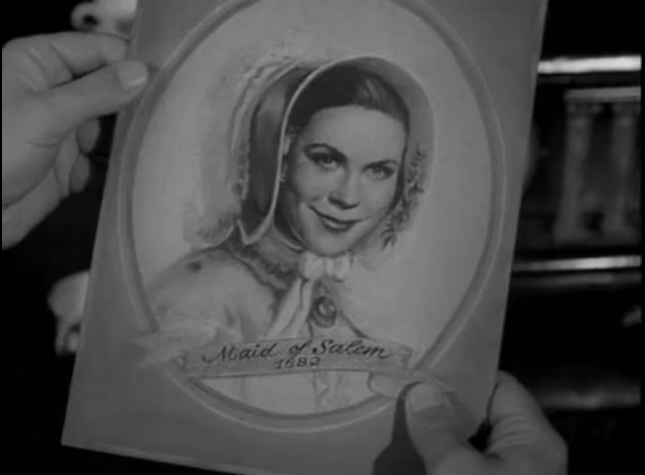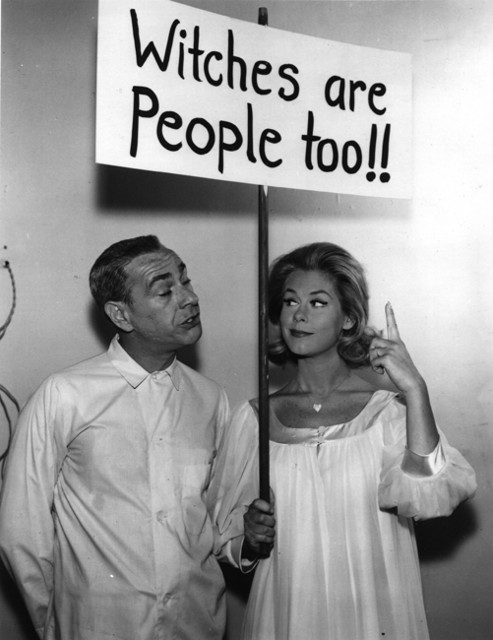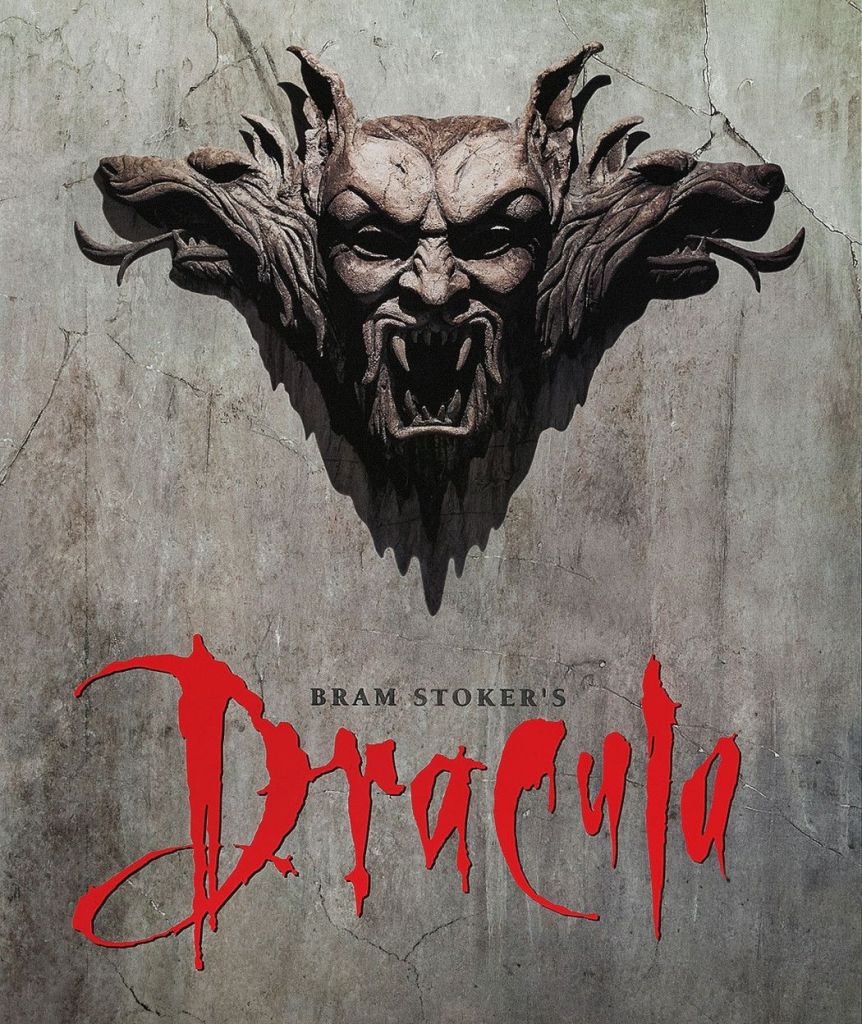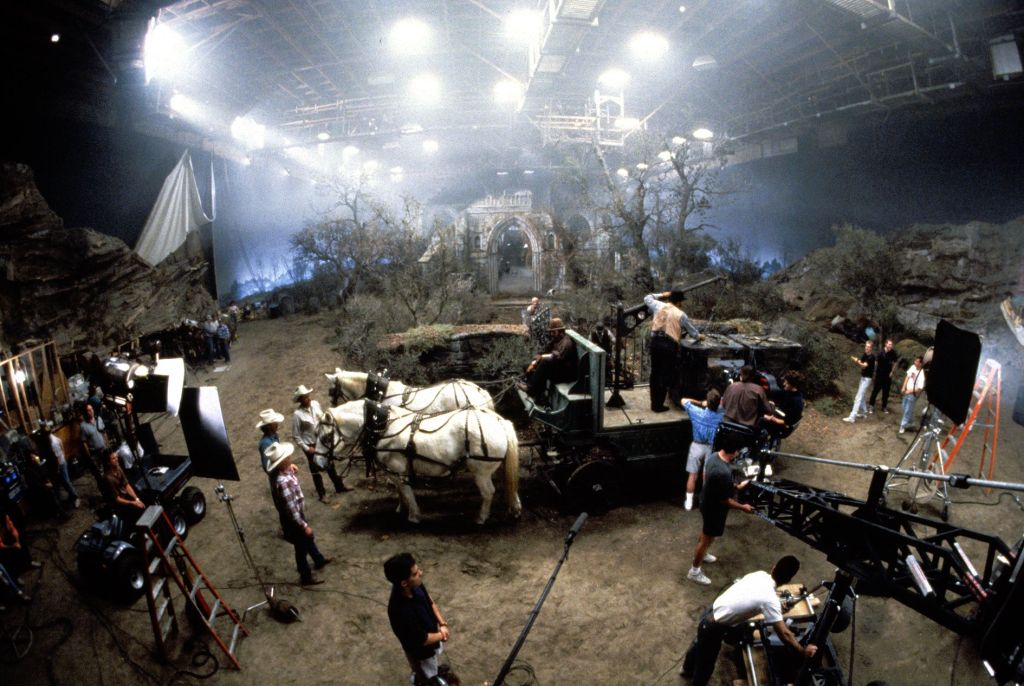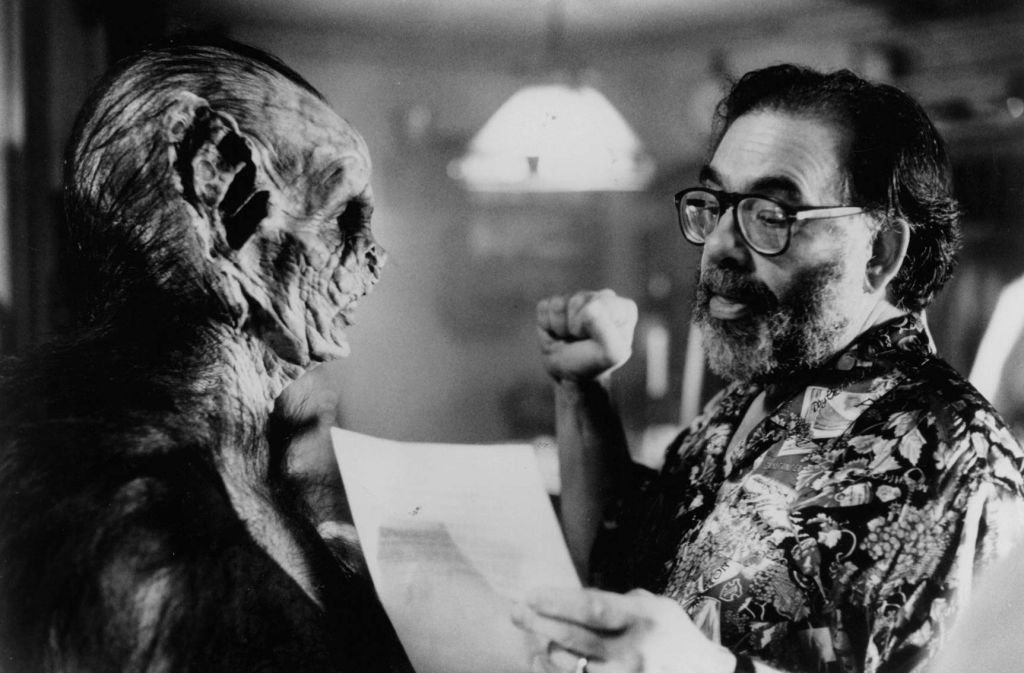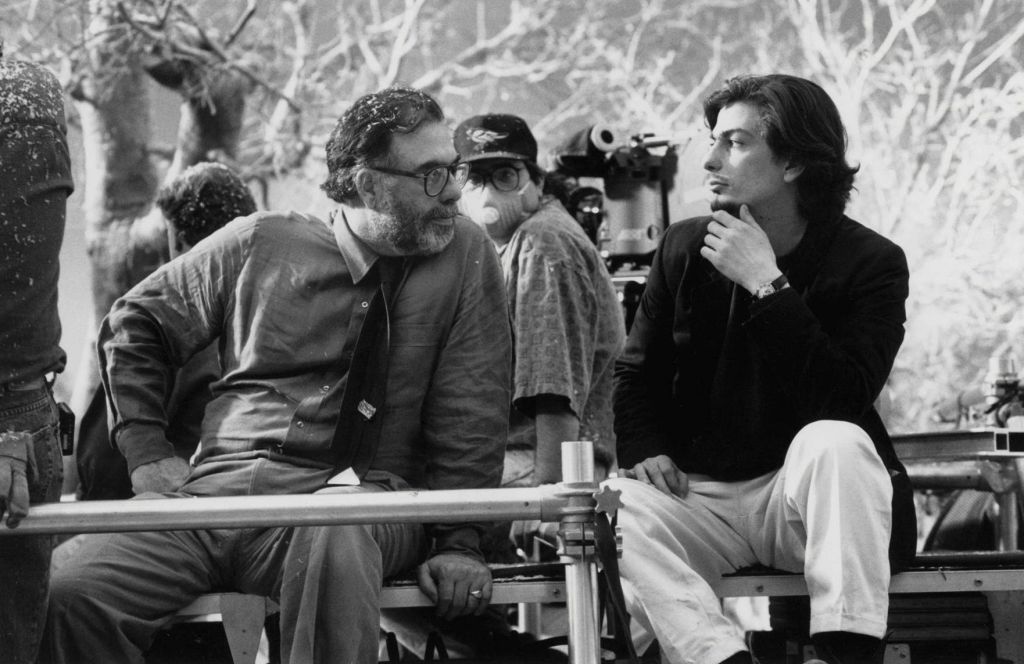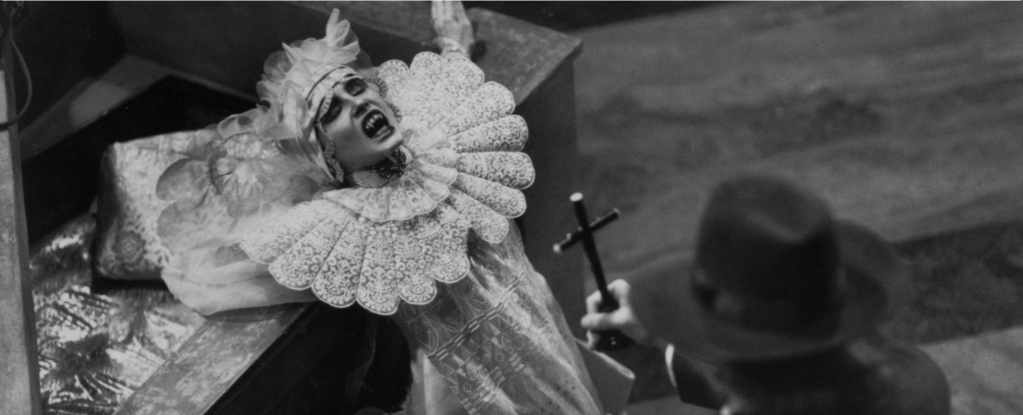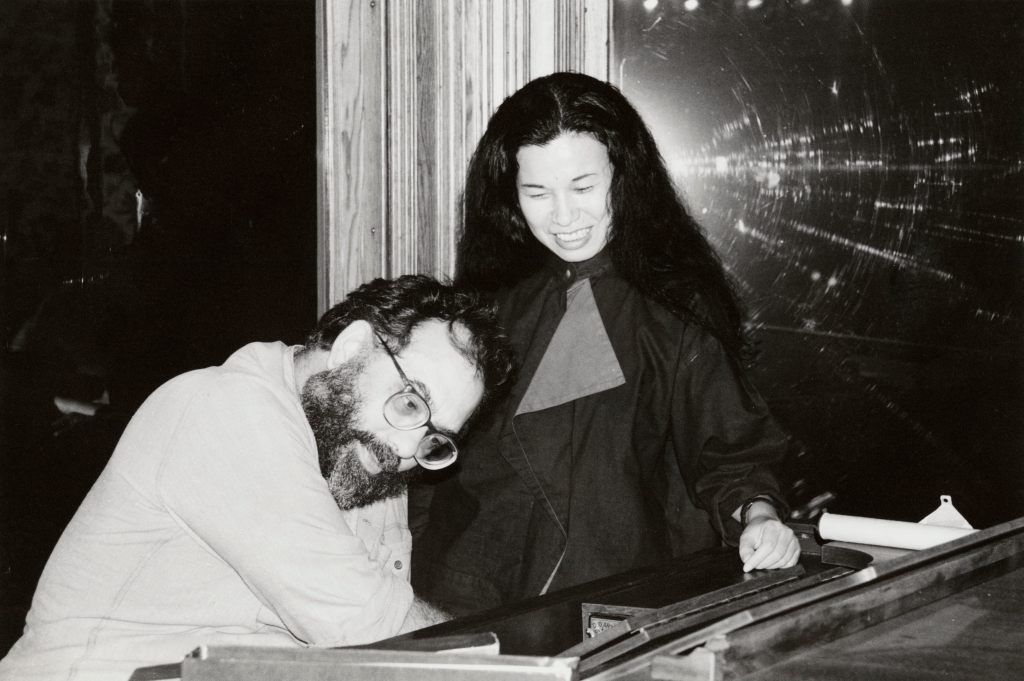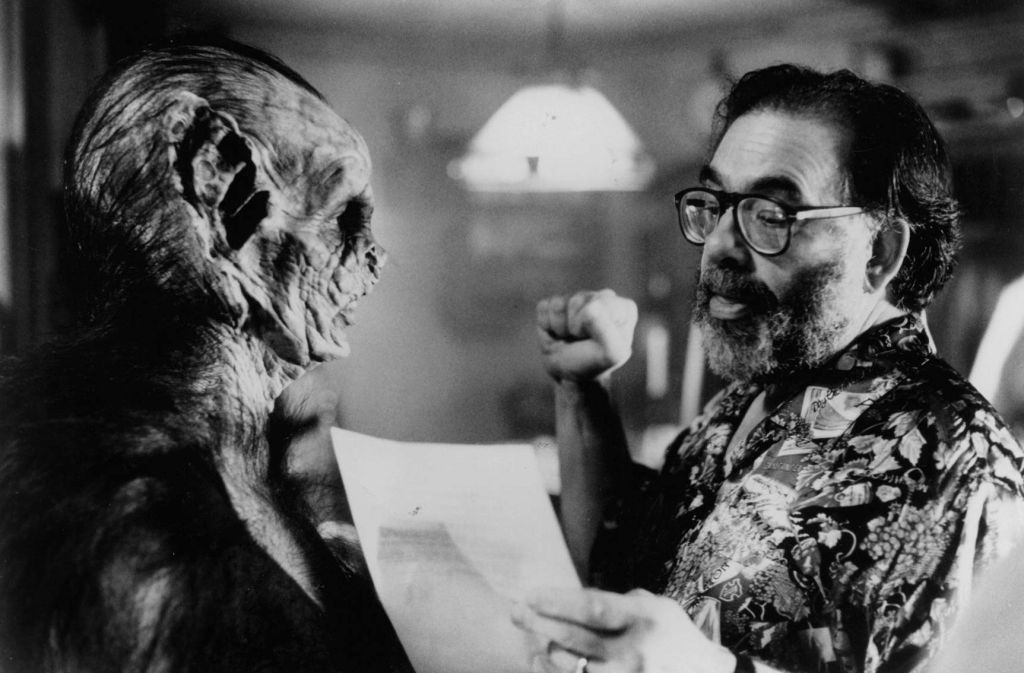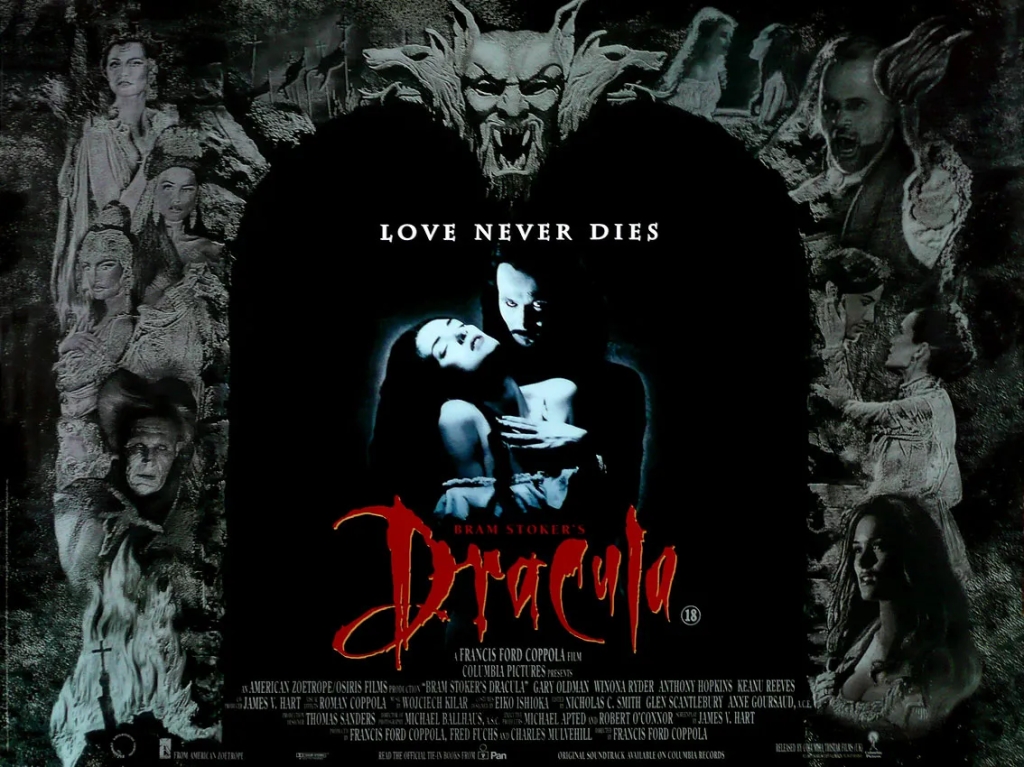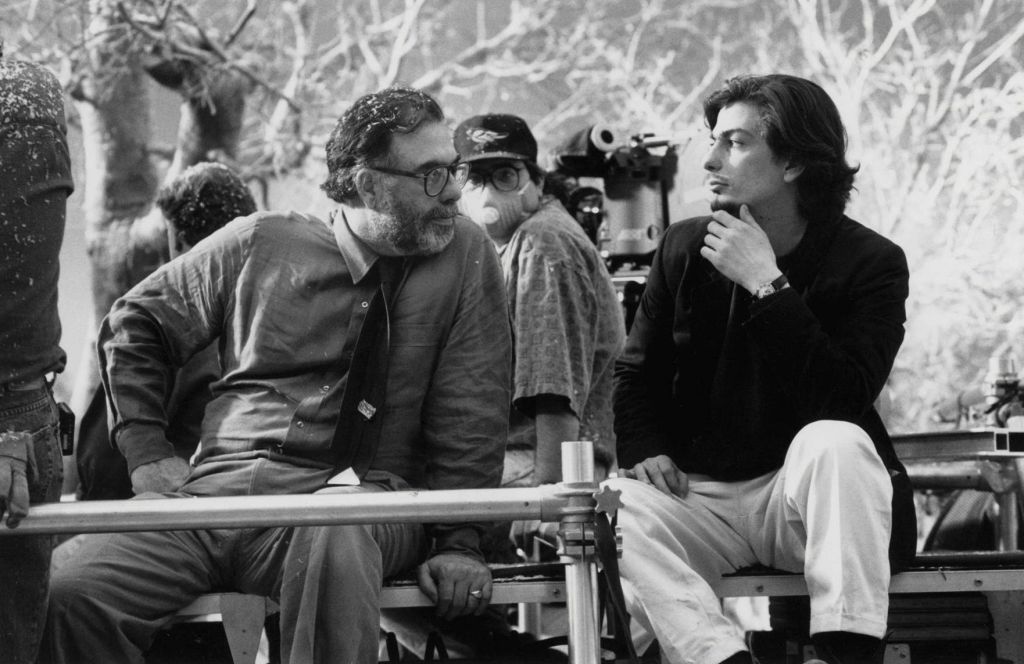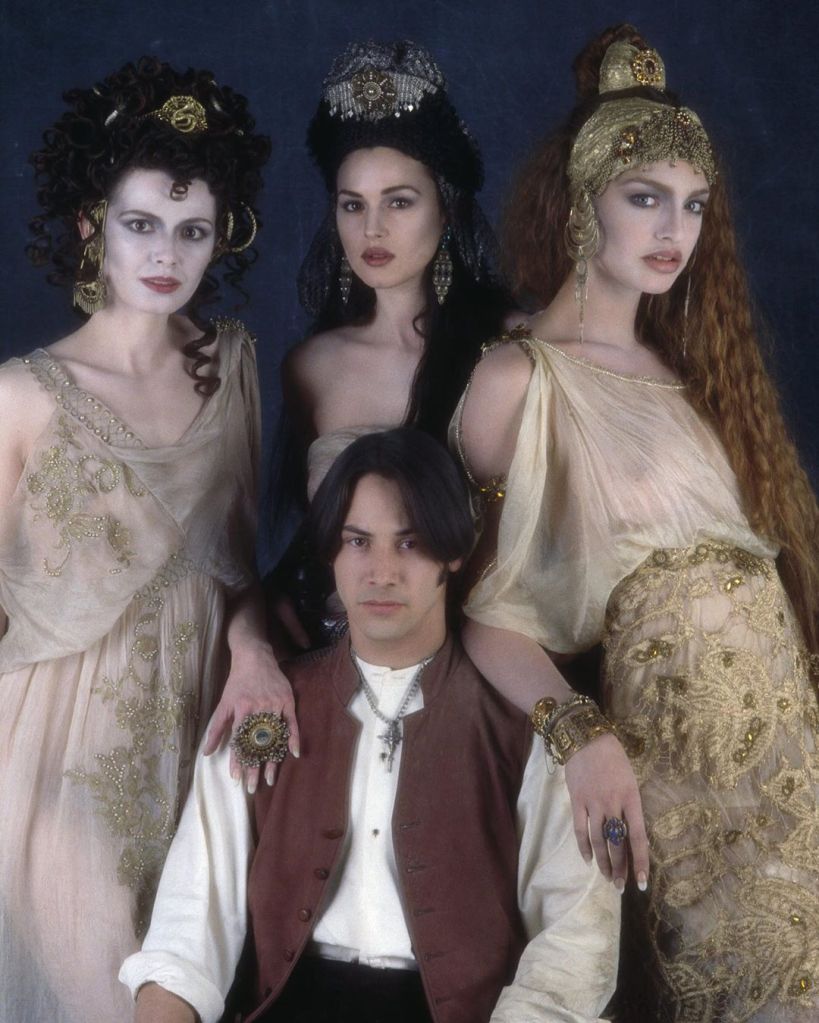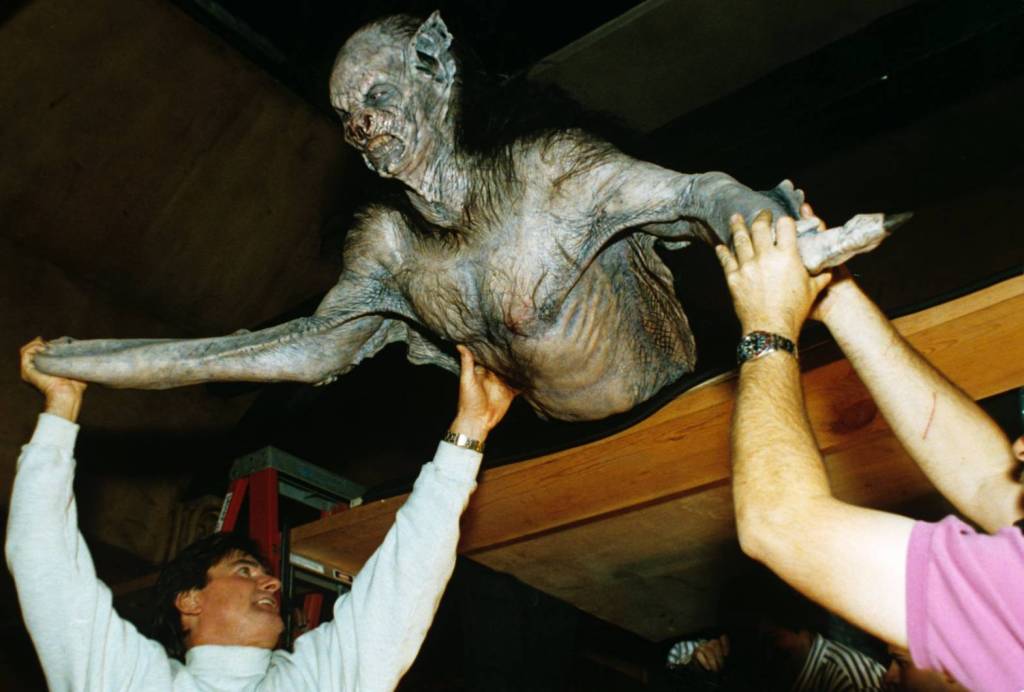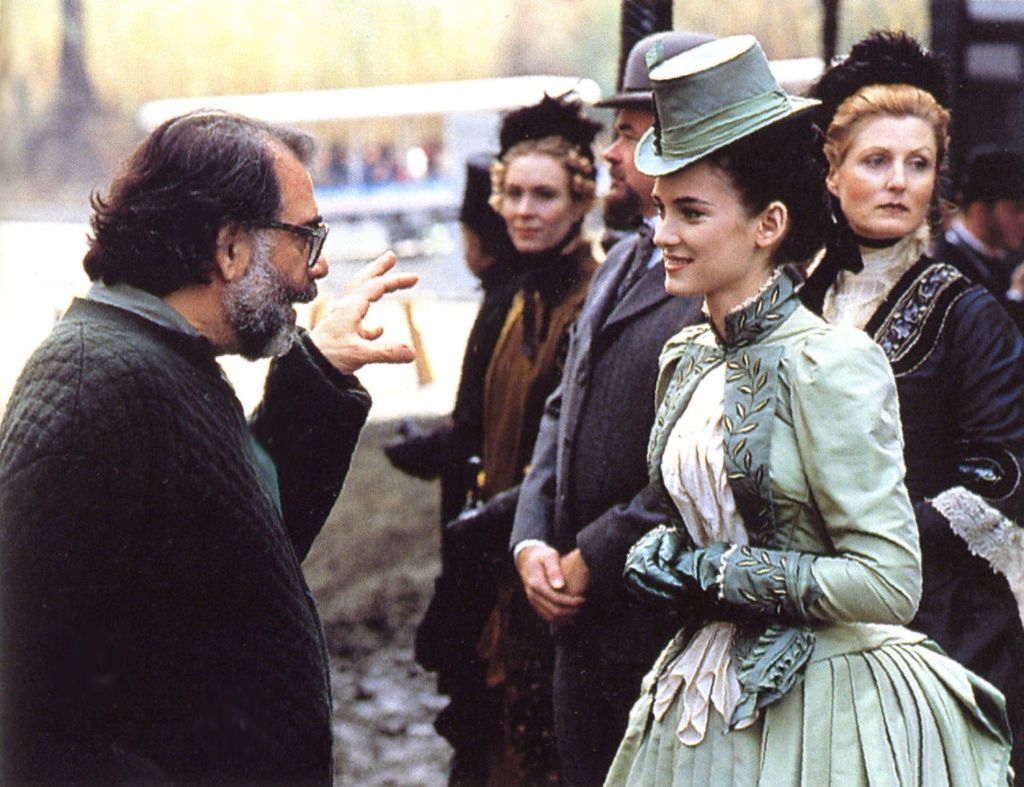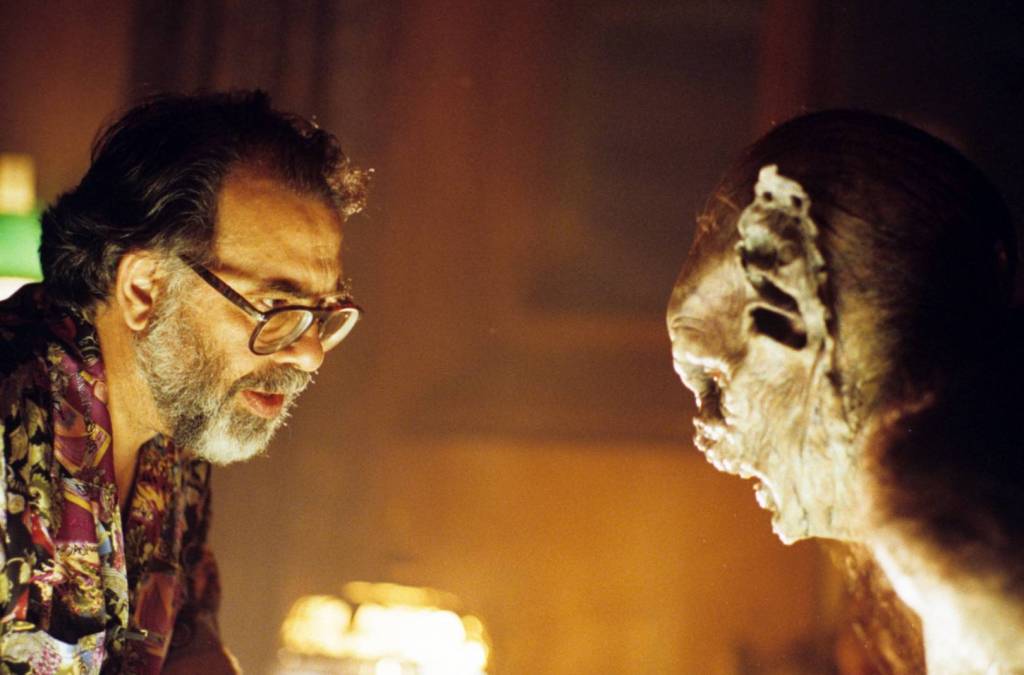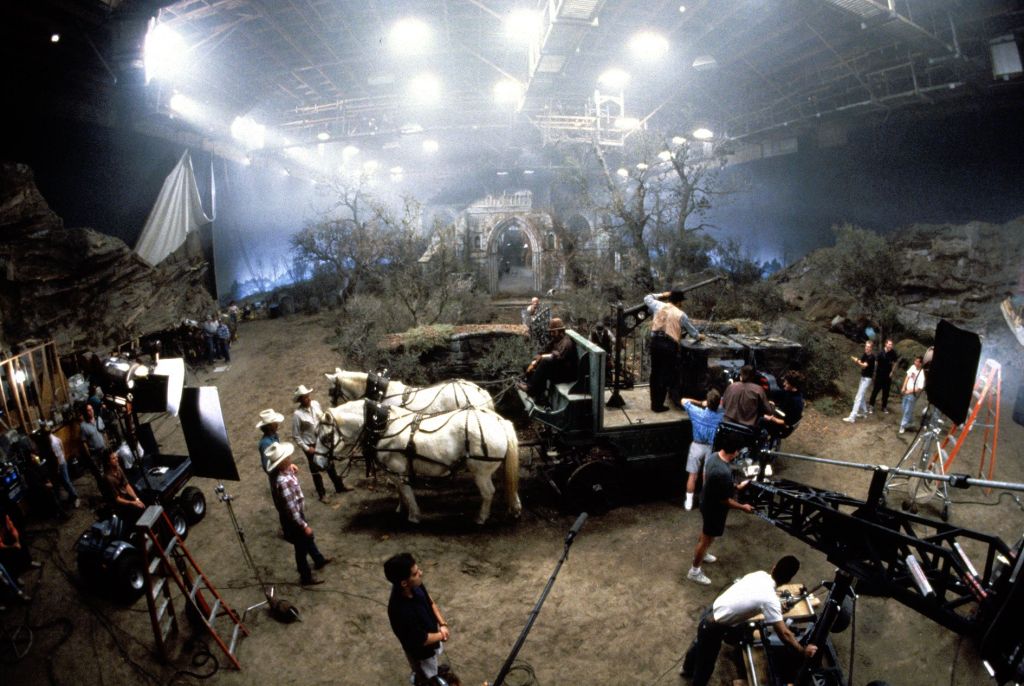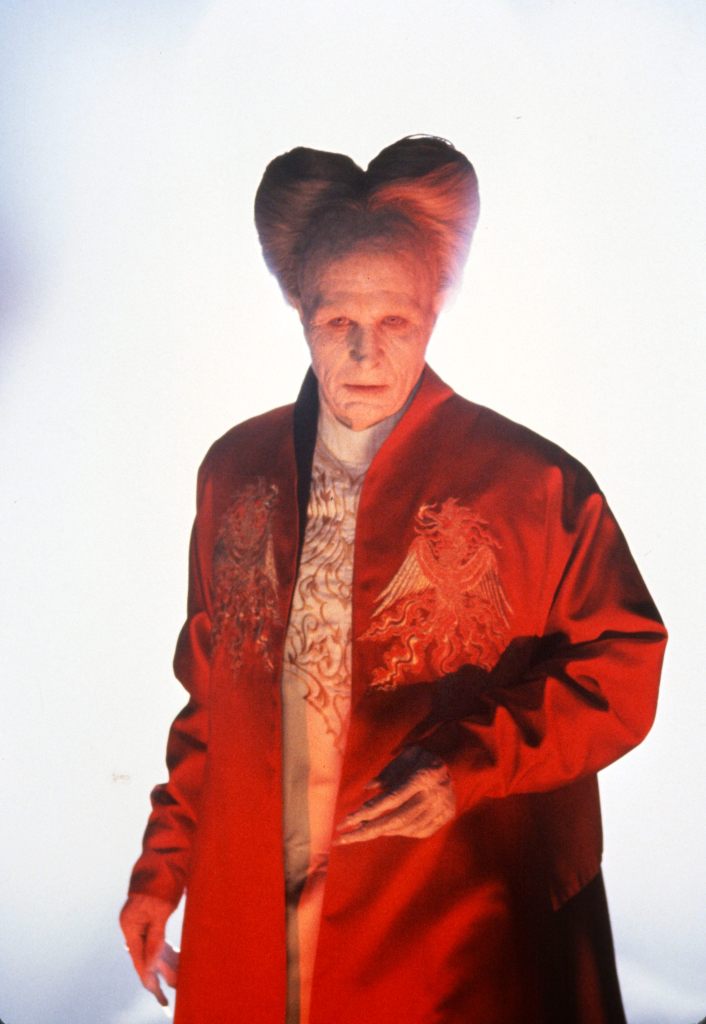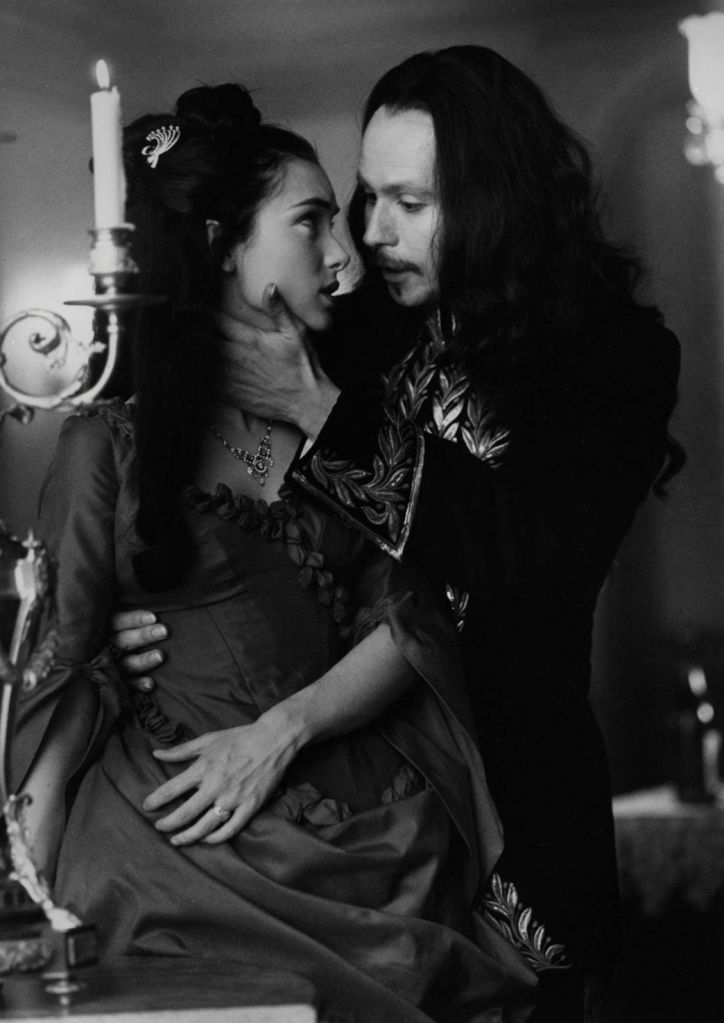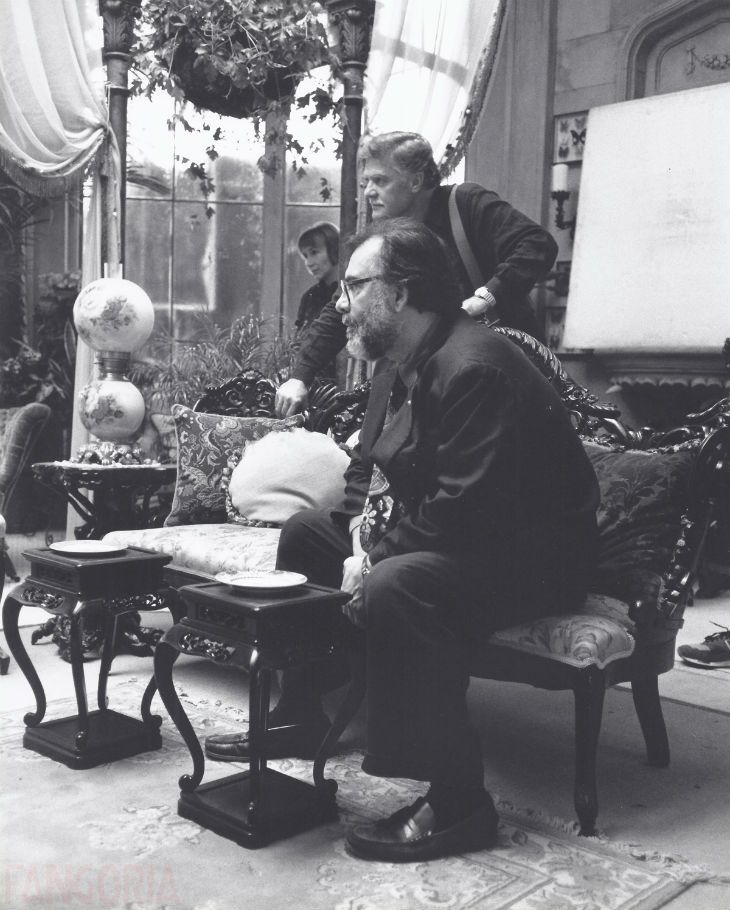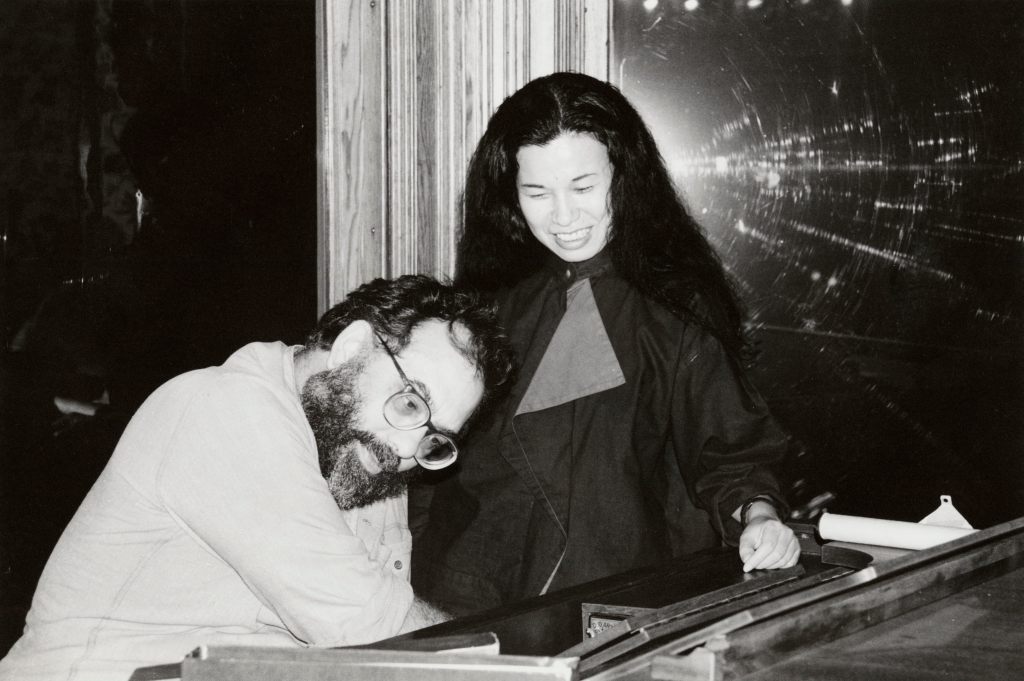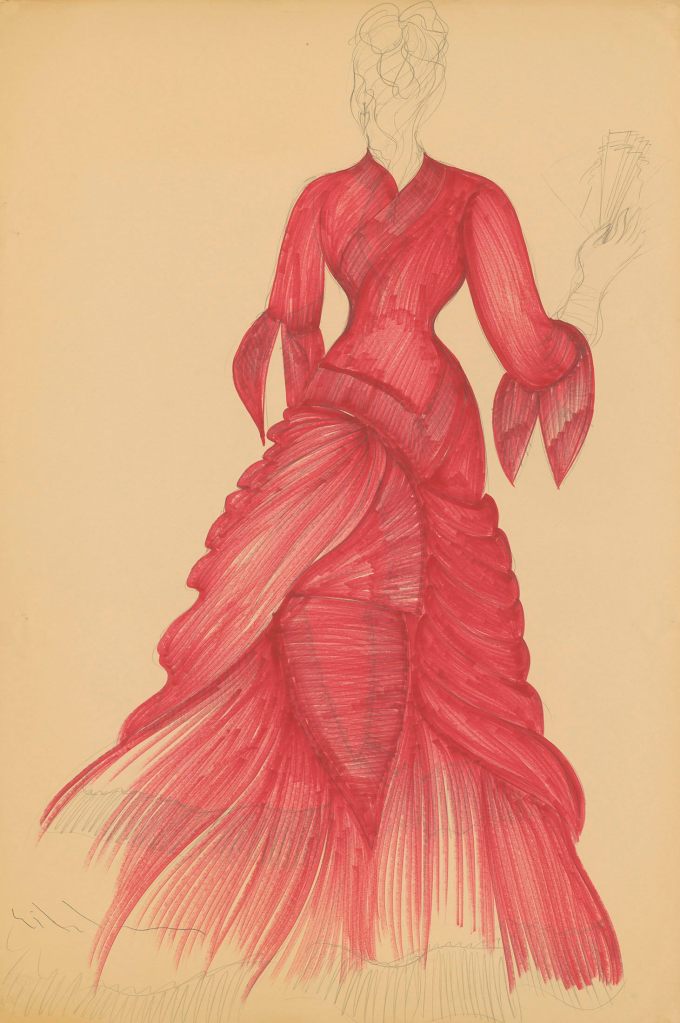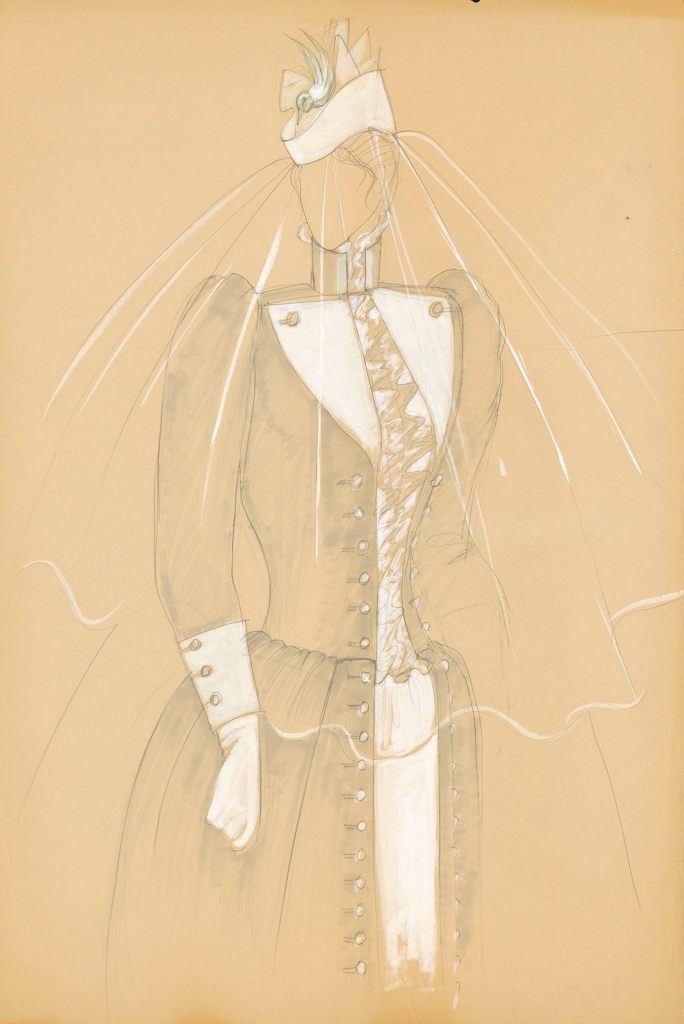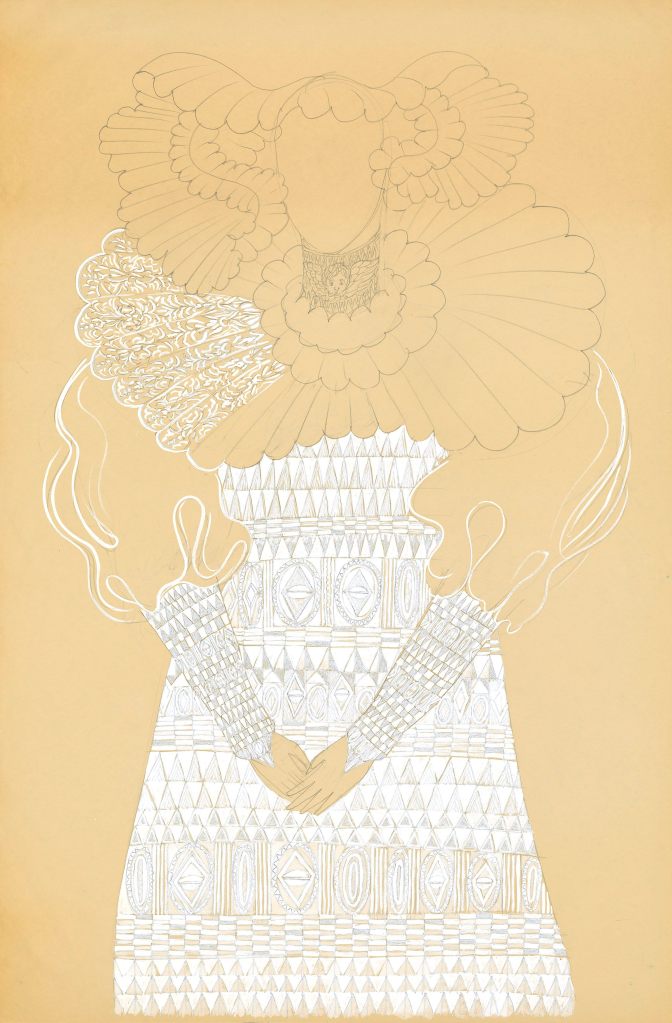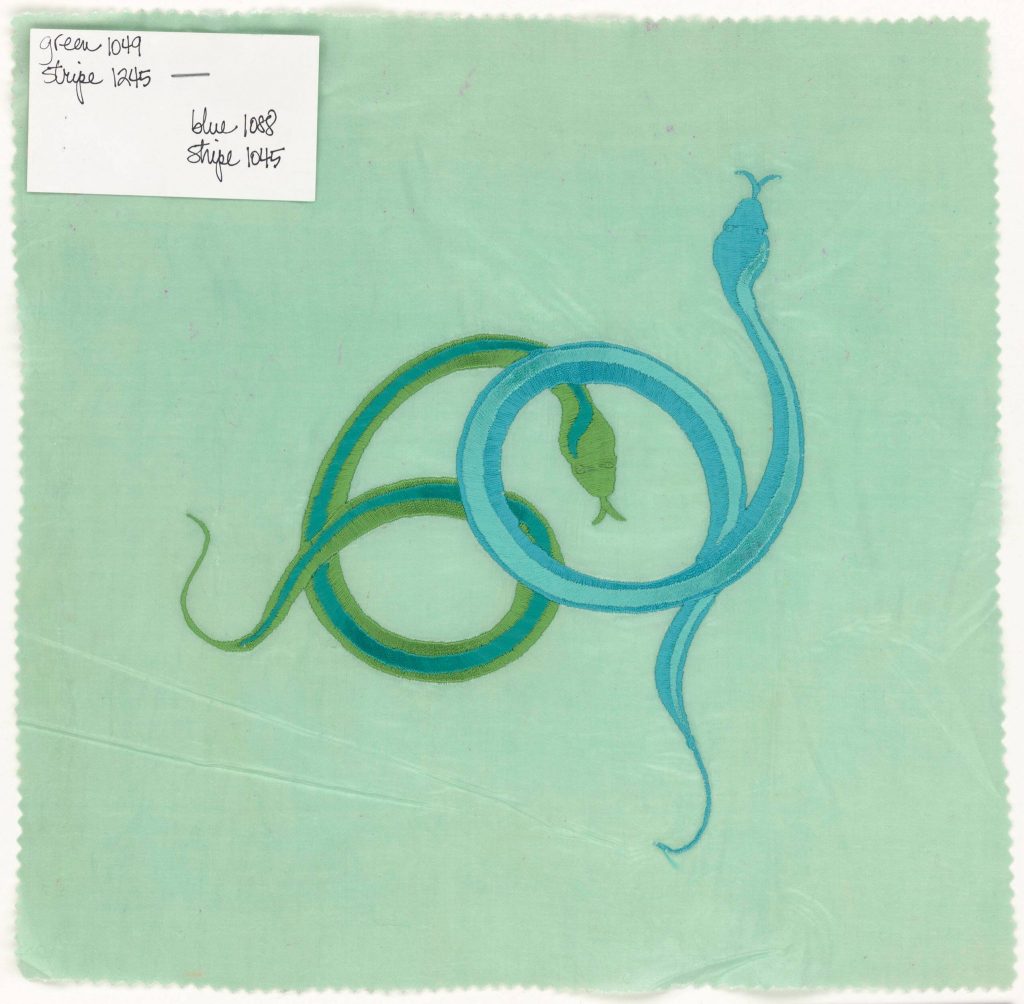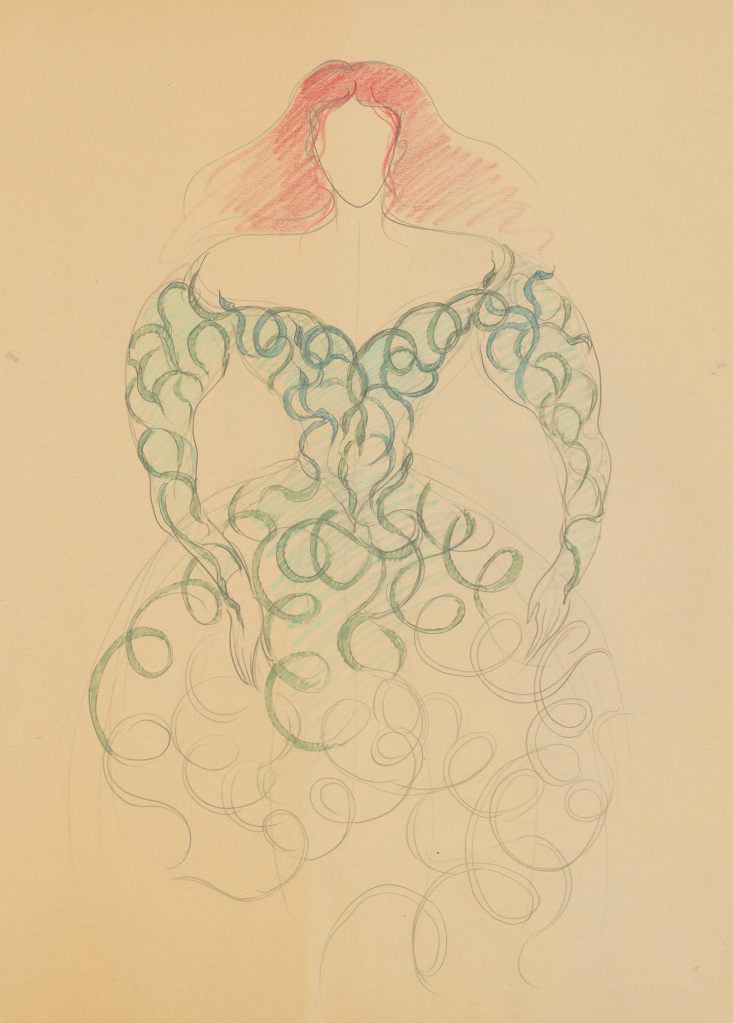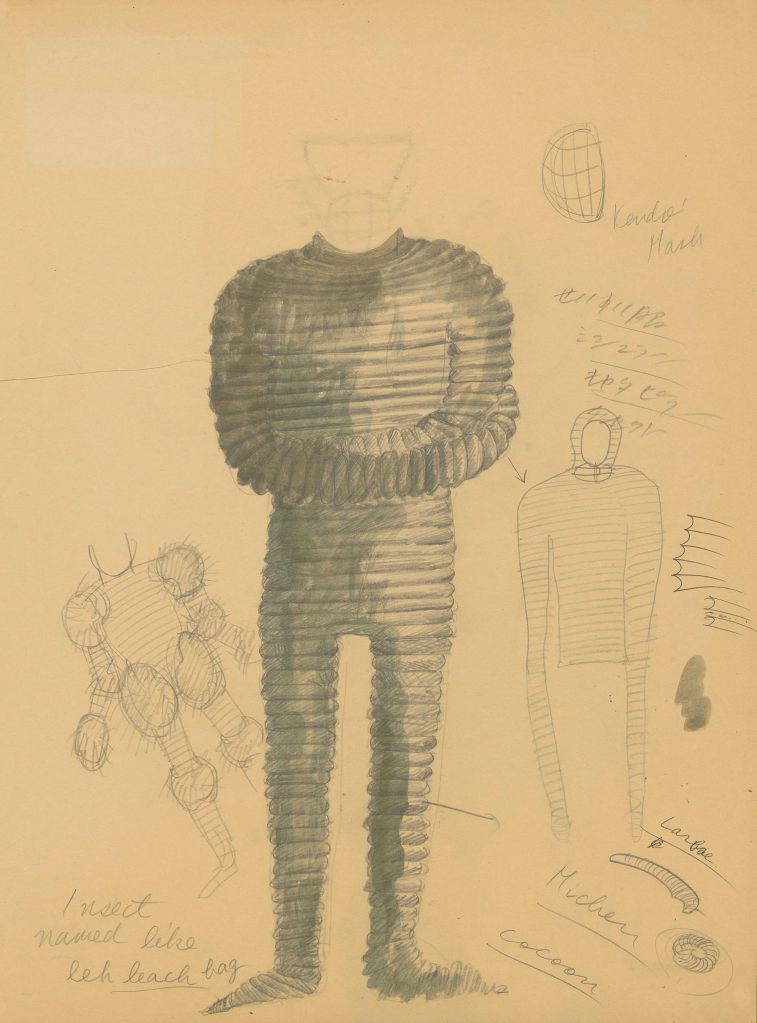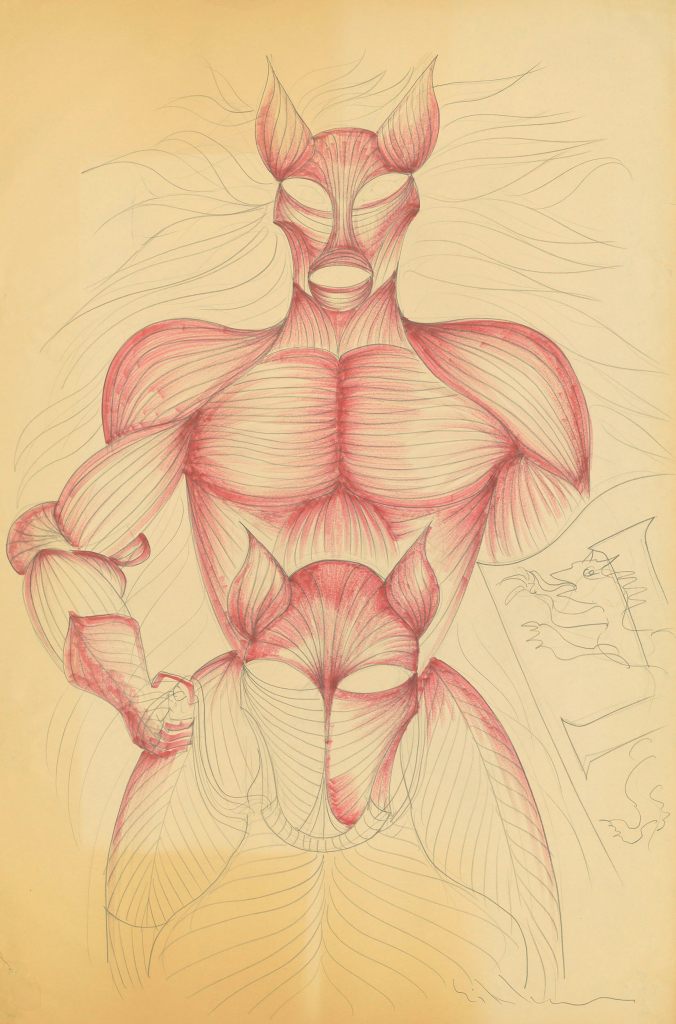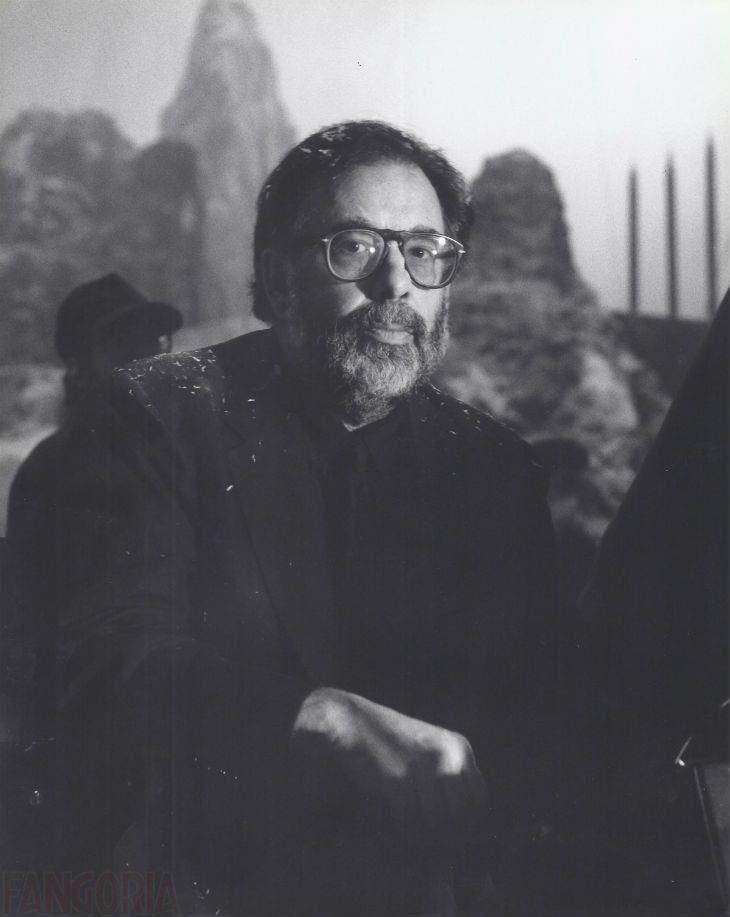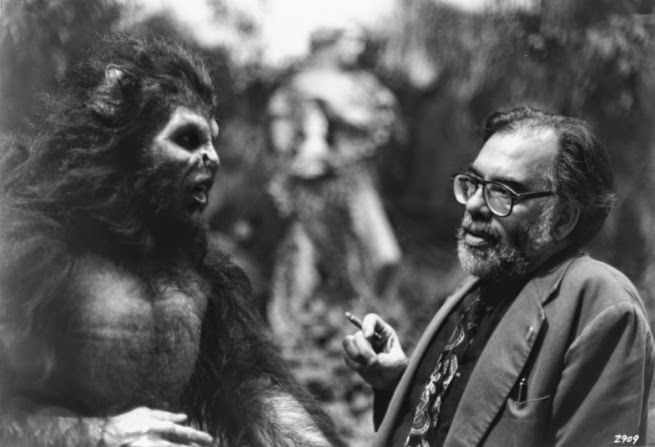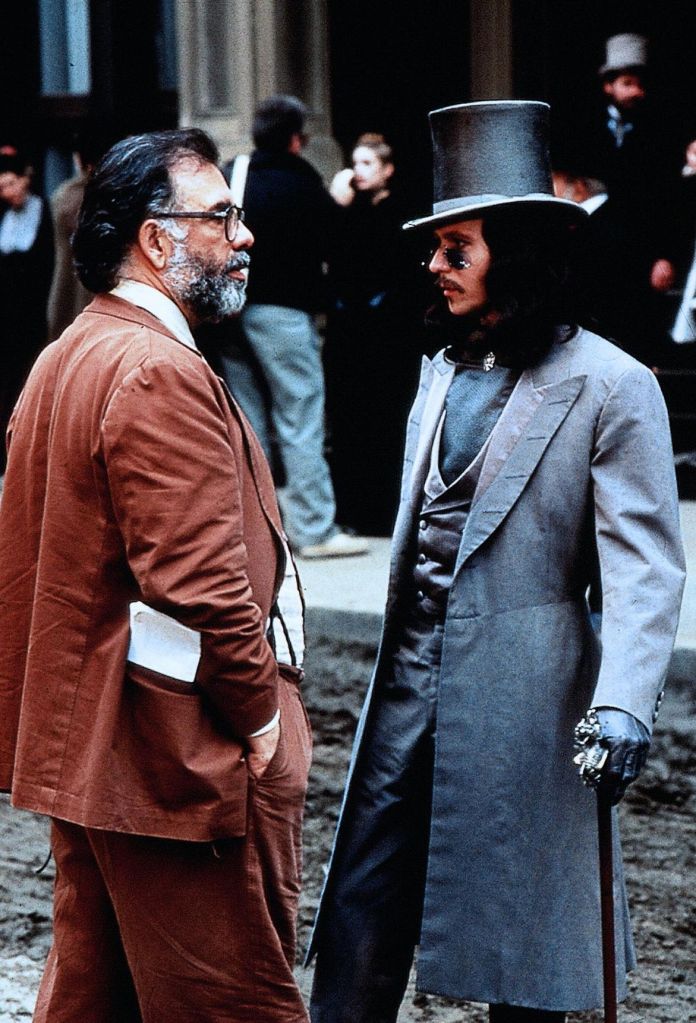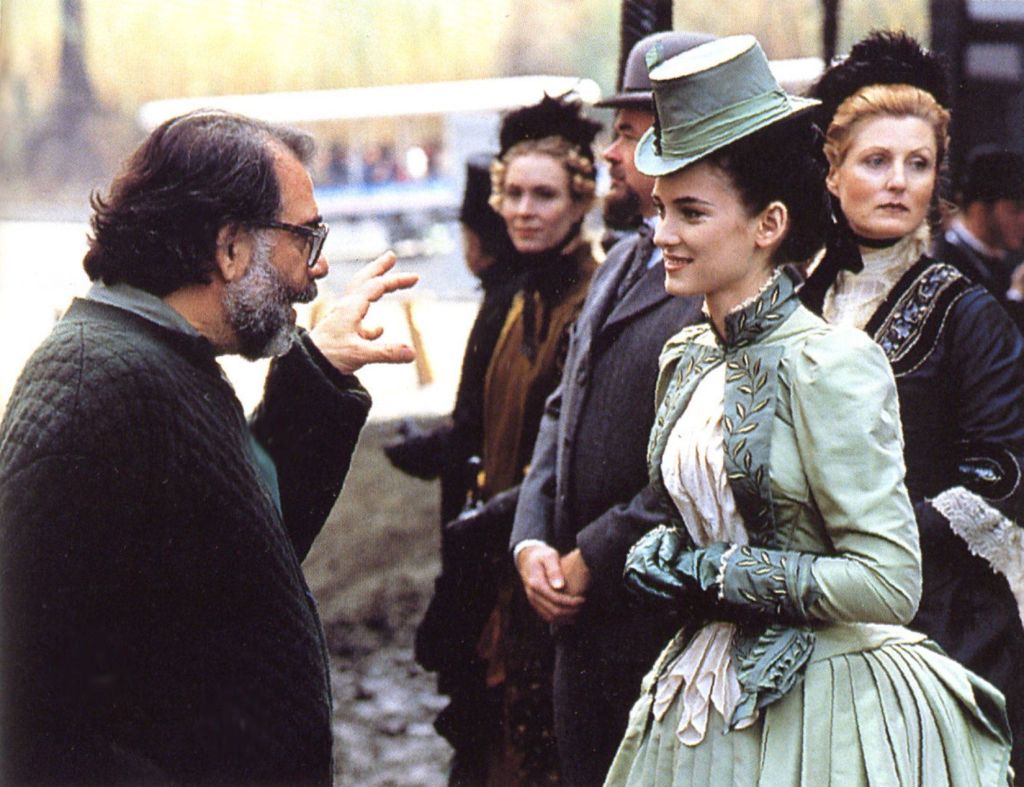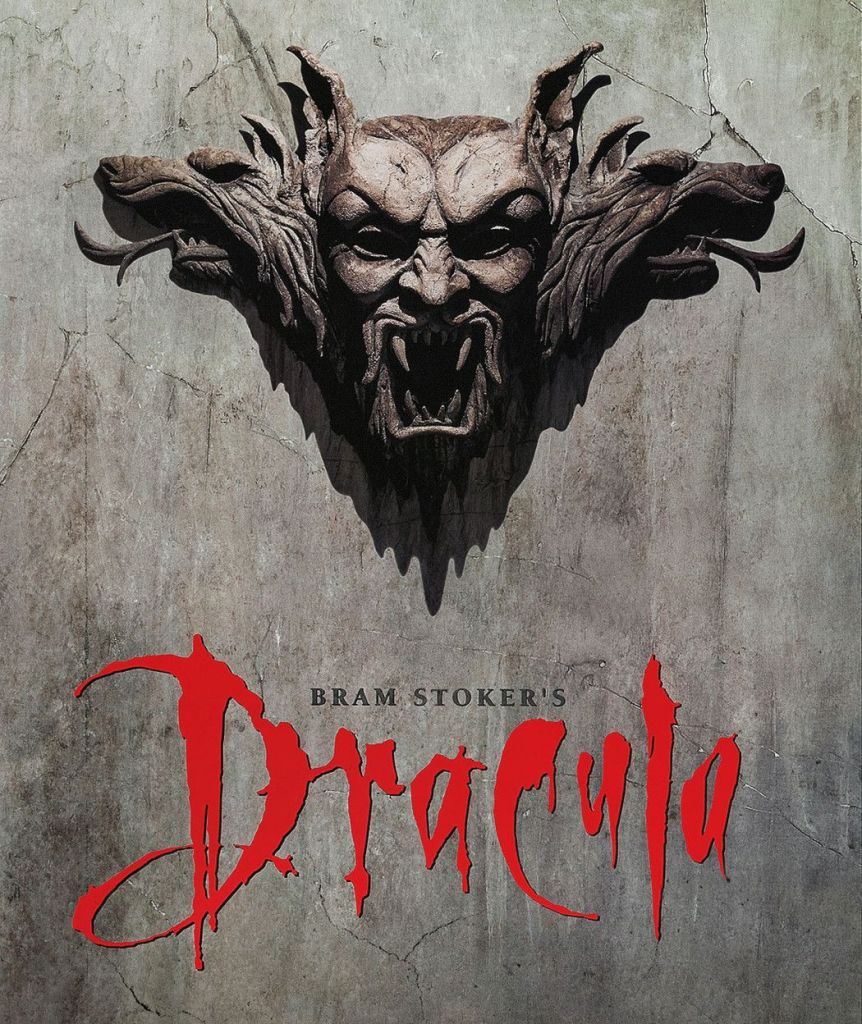Buster Keaton wonderful work of art
https://www.facebook.com/Wolffianclassicmoviesdigest
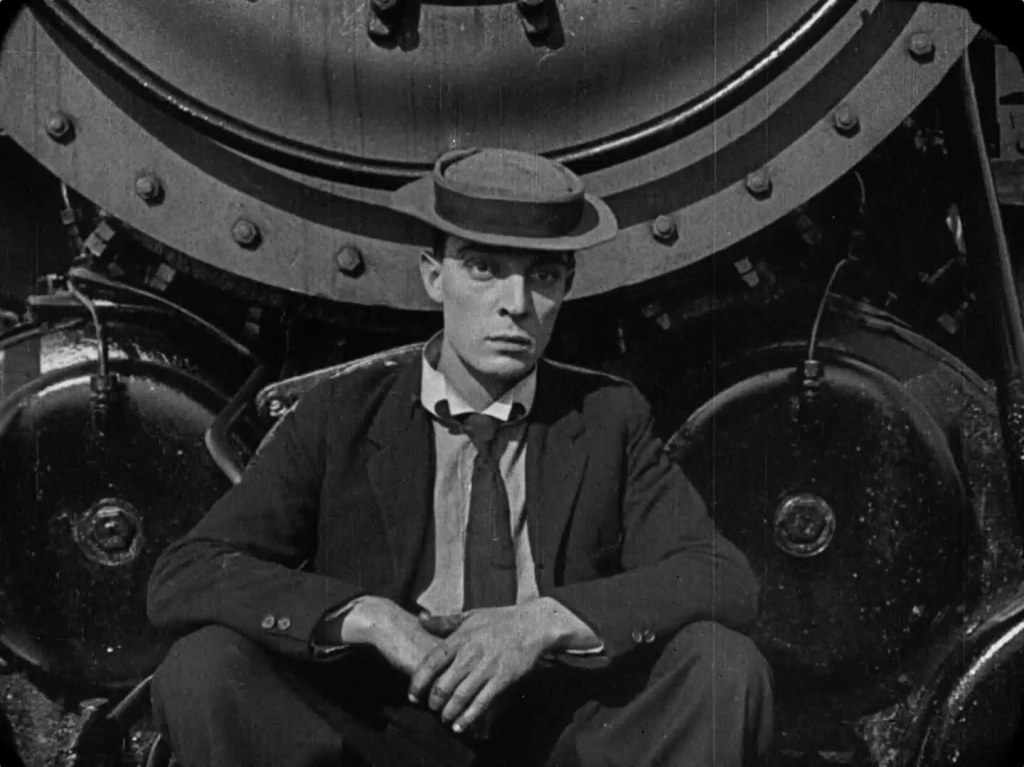
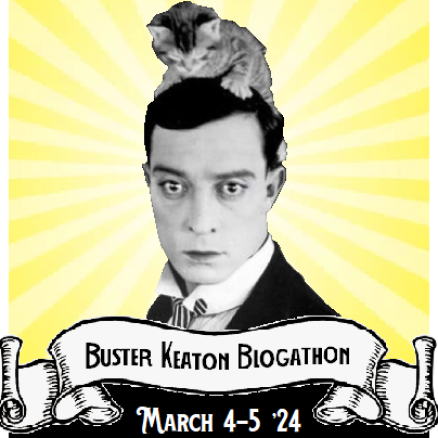
I am a very huge fan of Buster Keaton. I would say i adore his work so much. He is one of the biggest joys for me to watch his work on screen as he simply is a wonderful act to watch on screen. I would say he ranks among the best of comedy legends all time to my eyes. Buster kreaton is simply one of the true founders of visual comedy and modern comedy in so many ways so to talk him is a real joy now for The Tenth Annual Buster Keaton Blogathon today as today I talk about his wonderful shorts as also pay tribute to this wonderful legend of the silver screen.
hard luck review
Hard Luck was reportedly one of Keaton’s favorite short films – that for more than 60 years was feared lost. Luckily for us, a nearly complete version was founded and restored in the early 2000s. Unluckily for us, it does not include the final gag of the film that Keaton insisted out the biggest laugh of all his gags – with only a description and a single still surviving. It’s better than nothing. At some point though, perhaps fearing 20 minutes of attempted suicides would be too much, Keaton switches gears. He gets hired to track down an armadillo for a zoo – that apparently has every other kind of animal. This leads Keaton out to the wild – the best sequence of which has him fishing. He catches a small fish, and decides to use it for bait to catch a bigger one – and then does the same thing again and again until the fish becomes ridiculously big and he tries one time too often. Hard Luck is one of his best shorts sadly with its missing final gag that makes it feel less rewarding to us now but yet what remains still is a timeless
The Scarecrow review

“The Scarecrow” opens with a scene that deftly establishes the relationship between the two main characters, roommates Buster and Joe, but it revolves around a gag that isn’t terribly funny. As a result, I didn’t have high hopes for what was going to follow, but then the film got into gear and ended up becoming one of the funniest things I’ve seen. From the Rube Goldberg contraptions that permeate the main characters’ living space, through the business involving the titular scarecrow, and the film’s three spectacular chase scenes, viewers are treated to 15 minutes of amazing prop-based and physical comedy. The longest chase involves Keaton being pursued by a dog he believes is rabid and if you don’t find it hilarious then you are probably dead inside–or just plain dead. (I included the dog among my list of stars at the top of this review, because it performed as well as its human co-stars!) as this is really so funny to watch and enjoy form start to finish.
The boat review
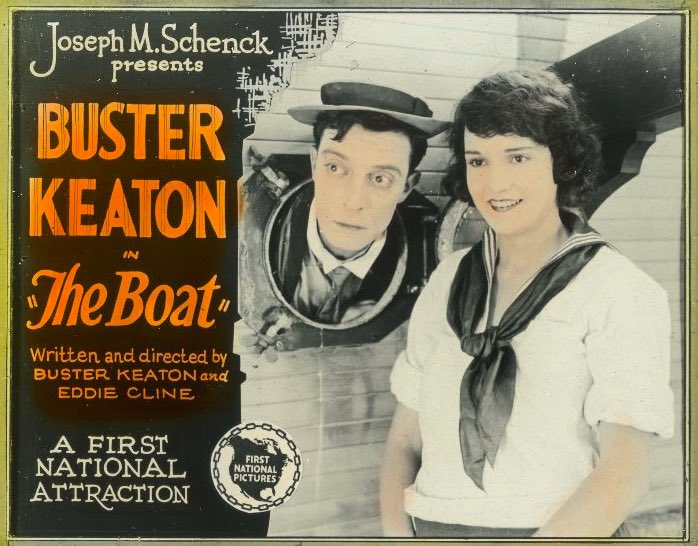
At 27 minutes this is a very short filmt but don’t see that as a setback. It’s a hilarious story about how not to launch a boat, and then what not to do at sea.
In the film Buster in his boater builds a boat in his garage and destroys his house as he tows it to the dock to go cruising. The boat is called Damfino and you can imagine Buster acquiring the name after being asked what she was called by each and every visitor to the Balboa Island, Newport Beach, California set. It’s also, if you lip-read, the last line in the film!
Two boats were made for the film by Buster’s technical guy Fred Gabourie, who managed to make the boat of the launching scene sink by attaching it to rails and pulling it underwater with cables.
With his wife, played with unerring trust by Sybil Seely (who tries to launch the boat with a bottle of coke), Buster embarks on a weekend afloat, en famille, which is supposed to be a safe and happy cruise, but in which he manages to completely destroy… just about everything. With stunts from him being knocked overboard by his patent mast-lowering system – for shooting bridges, to studio footage of the boat being rolled and finally some dark scenes of a captain going down with his ship (until he surfaces under his hat) this is both an hilarious and at times salutary film with moments that can still make you laugh out loud on the umpteenth viewing.
Buster plays the whole film with his stock-in-trade stoneface, which gives the piece a wonderfully forlorn air while his wife and their two young sons, who are not credited, form an uncomplaining cast. Apparently James Mason, another great actor of sea films, found this film when he bought Buster’s house in the 1950s as this classic comedy gem really stands out.
The High Sign review
The high sign is one of the best buster Keaton shorts with a ton of amazing athleticism and stunts and tons of gags it really packs a punch. The gags of the high sign are wonderful to watch form its simple gags to the surreal gags. Buster Keaton creates many fun gags that all really stand out with such charm to each of them they make you crack up and laugh instantly. Most silent shorts are long on gags but short on plot but this one has his character working in pawnshop and his character climbing houses as it shows many different facets on this short. Buster Keaton packs in an awful lot of locations and characters in 19 minutes making it a very jam packed short that will bring you joy to watch anytime on the screen. The short ends with Keaton cavorting through a tricked-out house booby-trapped and full of secret passages that shows off physicality and visual inventiveness that is truly ahead of its time in so many ways as it showcases what inventive nature of him as a flim-maker as he truly makes one outstanding little gem of a short.
Convict 13 review
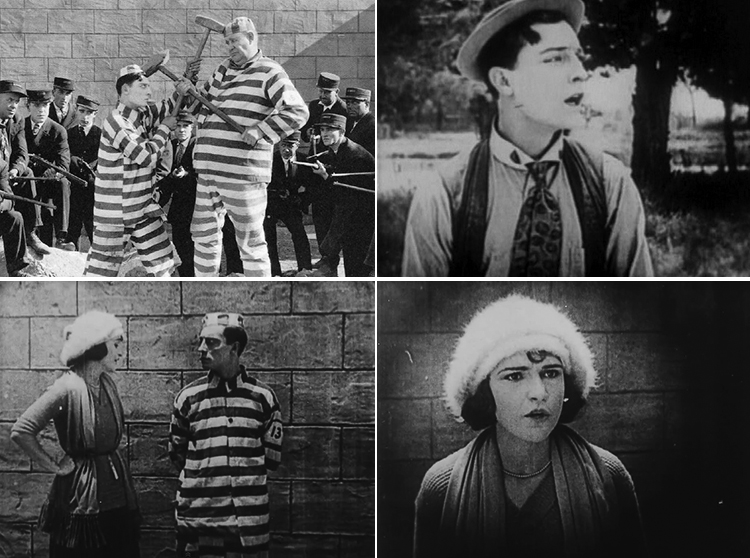
Convict 13 sees Buster accidentally break into jail only to be mistaken for a death-row inmate. Buster’s relationship with the warden’s daughter eventually lands him a job as the assistant warden after preventing an attempted escape of another prisoner. Revealed as a dream sequence, this far-fetched non-stop and surprisingly violent comedy is a surreal nightmare for Buster from which he eventually awakens, only to find himself back on the golf course. It is one of my favorite shorts as something so fun about watching buster do such things as he really has such charm in each scene. There is non-stop comedy gold that really showcases the master-class of buster’s comedy work as an actor. This is one fun little gem of a short
The Goat review

Buster Keaton’s The Goat is one of his very best shorts. Slightly longer than most of Keaton’s shorts as it runs at 27 minutes instead of 2 the film’s energy never lets up as it proceeds at a breakneck pace from start to finish. In the film, Keaton stars as a poor young man who we first see in a breadline although by the time it’s his turn, there’s no bread left for him. Walking along hungry and alone, he stops by and peaks into a jail cell just as the infamous Dead Shot Dan is about to have his picture taken from the “Rogue’s Gallery” but of course, sometime goes wrong, Keaton has his picture taken instead, and when Dead Shot Dan escapes shortly thereafter, it’s Keaton’s picture that gets distributed around town. This movie has as several great, extended chase sequences. After escaping from multiple police men chasing him – including an hilarious sequence where Keaton is stuck on a telephone pole by his jacket – he makes a daring train escape to another town. He saves a young woman (Virginia Fox) from a ruffian – but when he sees his face on a wanted poster, he thinks he may have killed the other man. Frequent co-star Joe Roberts then tries to chase Keaton down but once again, Keaton outwits him. When he runs into Fox again, he accepts her invitation to dinner. But wouldn’t you know it – Roberts is her father, and the chase resumes this time with Keaton making brilliant use of an elevator I’m not sure any of Keaton’s shorts more resembles a live action Looney Tunes cartoon than this one. When Keaton wants the elevator to arrive at his floor quickly he simply moves the arm above the door that indicates what floor it’s on to his thus ensuring its prompt arrival. Later, when he wants to get rid of Roberts, he cranks that arm well past its end point and the elevator goes crashing through the roof (the special effects there are not exactly convincing but this is 1921 we’re talking about). The whole film plays like a live action Bugs Bunny cartoon – which is all the more impressive when you consider that Keaton is more bound by the laws reality than a cartoon character is. This one is a short masterwork by Keaton.
cops review

The plot of Cops! is straightforward, and I think that’s really what makes this short so fun to watch. Buster Keaton’s un-named character (only credited as Young Man) is chased all over Los Angeles by cops after misbehaving during a city parade as simple as the story sounds its not only such fun to watch unfold as With such a simple plot, the writing by Edward F. Cline and Keaton himself makes for just a quick, fun watch. It’s only 18 minutes long, but provides lots of visual antics that really showcase him in such a fun little short gem.

The Electric House review

The Electric House is another great Buster Keaton short that highlights his delight in all things mechanical on the screen. The Electric House is probably the high point so far of Keaton using technology for laughs as he truly does such wonders with all things mechanical on the screen. The Electric House is a pure joy to watch unfold on the screen with its many wonderful moments to watch unfold on the screen. History buffs will know Keaton broke his ankle filming the escalator scene and had to put the film on hold as he dusted off an old short until the next year then re-shot everything from starch to perfection to make this gem as he would make it into something of outstanding little gem of a short that showcases his wonderful craft at work.
The Haunted House review
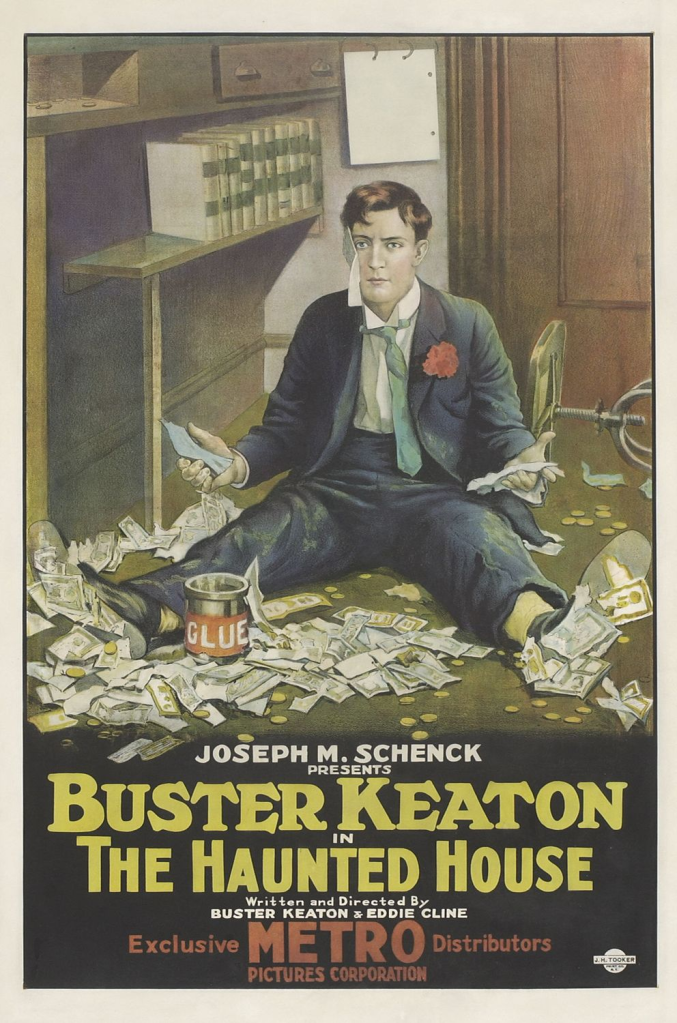

PLOT: Buster Keaton is a bank teller at a bank where one of the managers is running a crooked side “business” to fleece customers of their cash. Orchestrating an “inside job” the wayward co-worker’s henchman attempt to rob Buster. Through a series of mishaps that leave Buster’s hands filled with glue, he is able to turn the tables on the would-be-robbers. In the process, however Buster is caught with a gun stuck in one hand and cash stuck to the other, leading the owner of the bank to suspect Buster of the crime. Buster takes refuge in a tricked-out house which is also doubling as the hideout for his crooked co-worker and gang. Meanwhile, an acting troupe run off the stage for their horrible performance of “Faust” also hide in the house. Between the various contraptions like collapsing staircases and trap doors as well as thugs dressed like ghosts and skeletons… and let’s not forget the devil Faust wandering about – Buster must clear his name, catch the crooks, get the girl and keep from being scared!
the cartoon logic of Keaton’s shorts in particular, and THE HAUNTED HOUSE carries that energy. The Great Stoneface not so bravely encounters all kinds of great optical illusions and visual gags that don’t really make sense in our reality; it’s an elevated reality, but not quite impossible. But then, when Keaton “dies,” he climbs up a beautifully realized vision of steps up to heaven (eerily similar to Fritz Lang’s DESTINY of the same year). And in typical Keaton forthrightness, he has his fictional facsimile sent right back down to Hell. This sequence, which turns out to be a dream/concussion hallucination, perfectly closes a madcap, fantastical short with a true fantasy sequence.
The structure of the film, which doesn’t ever really cross into “comedy horror” (since it doesn’t even have enough of the minimal “horror”) a la the Universal movies of the late 1920s, nevertheless sets a precedent for those to come. Many of them are never truly supernatural, with some Scooby Doo revelations that make clear the magical things were improbable Rube Goldberg-esque machinations and people in costumes. Besides the comedy horror film, the “old dark house” subgenre (not necessarily to be confused with James Whale’s apparently played-straight THE OLD DARK HOUSE [1932]) is THE HAUNTED HOUSE’s specific form.
As mentioned, it wasn’t necessarily the first. In its most primeval form, Georges Méliès could be considered the pioneer of this aesthetic (and many others). His spooky Faustian films and early haunted house pictures are manic, fantastical, comic, and spooky. During the 1910s, there were a few other shorts that could have crossed into the territory, including, and this is a bit of a stretch, THE GOLEM AND THE DANCING GIRL (1917). But heading into the 1920s, THE HAUNTED HOUSE distinguished itself with a more distinct goal. And by the end of the decade, the aforementioned Universal films and others solidified the concept. Movies like THE MONSTER (1925), THE BAT (1926), THE CAT AND THE CANARY (1927), THE GORILLA (1927), OUR GANG and other comedy shorts, and more are the clear products of early experimentation that morphed into the full-fledged genre of the ’40s and the proliferation of the concept across pulp and “B” grade media, most notably comic books as this flim is perfection to really say the least as its such fun to watch upon the screen.
Buster Keaton the Art of the Gags.
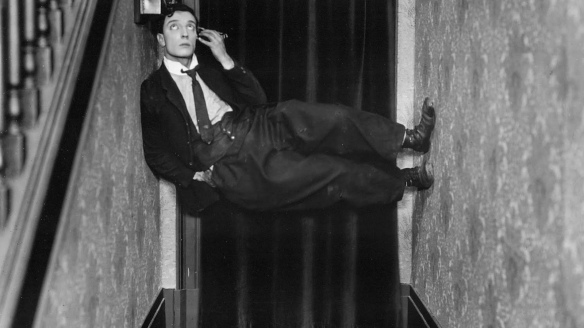
He had been starting to tell the stories trough his visual story-telling. Every single fall is a chance for comedy gold. Never fake a gag is buster’s one rule. Buster’s world is flat, and he goes by a rule if the camera can’t see it, neither can the character. So he creates jokes that make sense visually, but not logically. Characters can move up, down, right, or left toward the camera, or away from the camera creating humor in geometry. Or the camera is positioned back far enough so we can see the shape of the gag. as you see his works in many great modern actors as he was the greatest of all the clowns. Buster always would tell the story trough the visual cues or actions as buster believed that you never do the same thing twice as every single fall is a chance to do more action in the scene. visual gags work best in many angles.
Keaton adopted his famous deadpan look whilst involved in the stage show having learned that he could obtain a greater laugh if he didn’t show any emotion whilst hurtling through the air! Nobody liked a laughing child being thrown at them.
He wanted his audience to trust the gag was real, so for this reason he would never make a cut. They would either get the gag in one shot or it would be thrown out. For this, he is remembered not just for his skill, but also his integrity. And just as they say in the video: “No advancement in technology can mimic this.” It’s true. Buster Keaton gives us the real thing for any gag. The house falling on Buster Keaton was amazing because apparently weighed about 2 tons and for the window measurements, to quote Keaton, “I had a clearance of two inches on each shoulder, and the top missed my head by two inches and the bottom my heels by two inches. We mark that ground out and drive big nails where my two heels are going to be. Now we had to make sure that we were getting our foreground and background wind effect, but that no current ever hit the front of that building when it started to fall, because if the wind warps her she’s not going to fall where we want her, and I’m standing right out front. But it’s a one-take scene and we got it that way. You don’t do those things twice yet as this comedy moment often was said to be a moment many future comics would look at in awe of what he does on screen.

Buster Keaton’s classic gags
The scene from Buster Keaton’s classic “Sherlock Jr” that resulted in Keaton breaking his neck, though he wouldn’t realize until years later when a routine medical revealed a callous had grown over the decade old fracture as he did this wonderful stunt that showcased his magical power of being buster.

The gag itself is straightforward or so it seems to be that way. Buster comes into Arbuckle’s store to buy a bucket of molasses,putting his coin in the bucket. Arbuckle fills up the bucket without seeing the money, and then, aggravated about having to fish out the coin, gets revenge by pouring molasses into Buster’s hat. The hat then gets stuck on Buster’s head. Further complications ensue when Buster’s shoe also gets stuck to the floor with the molasses its one of his older gags that was one of my favorite types of his gags.
Camera Man: Buster Keaton by Dana Stevens Review

I really adore buster Keaton as I brought this remarkable book off Amazon about the man. Film critic Dana Stevens offers a look at Keaton’s life and career in her book Camera Man: Buster Keaton, The Dawn of Cinema, and the Invention of the 20th Century. This is a life-and-times style book rather than a traditional biography as it offers readers both biography and cultural history which places its subject, in this case Buster Keaton, in context with the eras they lived through. You won’t get a play-by-play on everything that happened in Keaton’s life and career. Instead, Stevens’s offers a look at Keaton through a cultural history lens and readers with reap the rewards from the entire historical context to his life as a whole. The chapters are thematic essays that follow the course of Keaton’s life chronologically but each focus on a particular subject with a couple of context points. here is also in-depth biographical information on key figures from Keaton’s life and career including Keaton’s three wives, Roscoe Arbuckle, Robert Sherwood, F. Scott Fitzgerald, Louis B. Mayer, Irving Thalberg, Charlie Chaplin and more. These context points make for some illuminating reading and really help readers understand Keaton’s world. You would be hard pressed to find any greater man to read about then him. You’d be hard-pressed to find a more beloved figure from film history than Buster Keaton. He’s wowed generations of moviegoers, some born several decades after his death in 1966, with his physical comedy and incredible stunt work. And he did it all with a straight face. Who can forget the house frame falling over Keaton in Steamboat Bill Jr. (1928), the death-defying stunts in The General (1926), Keaton running over train cars and onto a water tower in Sherlock Jr. (1924) or the epic chase scenes in Seven Chances (1925)? He did it all himself, no stuntman needed and made it look effortless. Keaton was also a pioneer in filmmaking. He thrived in the era before studios took over Hollywood. With his years of vaudeville training, he knew what audiences liked and developed that on a bigger scale for moviegoers. With the birth of cinema, he learned as he went, preferring to work independently and often writing, “choreographing” and directing his own feature films and shorts. Today Keaton’s work is appreciated by many, even those who are new to classic movies. You’ll hear those who are normally adamantly against watching black-and-white movies from the past being open and willing to watching Keaton perform his magic on screen so this book is clearly a must read today.
Sherlock Jr review
Sherlock Jr. is a film that uses every trick in the book to produce electrifying moments of comedy that can still thrill audiences today. It is also a shrewd representation of the place of film in our lives. The poster shows Buster Keaton as a detective and as a beloved (projectionist). The credits merely list him in his parenthetical capacity, and in fact this occupation embraces the central part of the film, which takes the audience on a journey full of twists and turns that is very clearly related to the first part of the story.
Action, comedy, fantasy, or romance, what exactly is Sherlock Jr.? The answer is that it’s all of those genres without ever fully committing to being any one of those genres. There are fantasy elements at play in Sherlock Jr., but the elements of comedy, romance, and action are also present. Buster Keaton’s film easily avoids genre classification because it willingly plays around in the different genres it includes within its whole. The comedy need not stop for the fantasy to be formed, just as the action doesn’t have to exit the screen in order for the romance to work. The narrative of Sherlock Jr. moves seamlessly from one genre to another so that I never felt like I was watching a film in one specific genre. Rather, I was watching one whole film, and a masterful film at that showcases his skills as a flim-maker. There’s not much I can say about Mr. Keaton that hasn’t already been said, or even that I haven’t said already. He is a master of the big screen.
There’s an allure to Mr. Keaton because of how easily he takes control of a film and makes it his own. Throughout all of Sherlock Jr. he keeps his tried and true stone face completely set in stone. His eyes though, his eyes tell so much of the story. And when he does allow for some sort of facial expression, it’s as if the film explodes. Mr. Keaton is such a strong presence that Sherlock Jr. would be a fine film even if his screen presence were all the movie had going for it. You don’t need to be a fan of Buster Keaton to love Sherlock Jr., but you must be a fan of movies in general. Of course, if you’re not, then why the heck would you be reading this blog or care about Buster Keaton in the first place? As a better ending, go and watch Sherlock Jr., even if you’ve seen it before, you’ll have a great time in watching this classic trust me about that one.
Review: Seven Chances (1925)
Seven Chances is a brilliant comedy which exercises Keaton’s timing, elasticity and subtleties. Keaton learns he is the sole inheritor of a grand fortune provided he is married by seven o’clock on his twenty seventh birthday. Which happens to be today for this man. Less an innovative masterpiece of the Sherlock Jr variety, it is a pure entertainment and one of the most enduring movies he did. The second half is pure Keaton with one of the greatest and grandest chases. After the town learns of the impending seven million dollar inheritance, every unattached lady swarms to his request for a wife. Of course, it never is simple for Keaton as he also discovers his true love is waiting for him at home, ready to forgive an earlier mistake. In a mad race against time, Keaton escapes endless swarms of women, swings atop cranes, dodges avalanches and survives car crashes. It is an exhausting sequence of athleticism, laughs and gasps that seem like a Looney tune moment but its buster in all his ways as it captures what makes him remarkable. Seven Chances is a brilliant comedy classic that is a must see gem for anyone.
Steamboat Bill, Jr. review
I reckon a great many people know the most famous image from Buster Keaton’s 1928 silent film “Steamboat Bill Jr.” even if they haven’t seen “Steamboat Bill Jr.” The image is that of Keaton as the title character standing on the street in front of a building when the building collapses, falls forward, right on top of him, only to spare him simply because he happens to be positioned right in the line of the open attic window. Of course, what many people may not remember or know is the full context of this moment and what lead to that very moment. The runs at 71 minutes as Keaton’s film feels less threadbare than chock full in a good way telling the story of a son attempting to earn the tough-love of his father intermingled with a star cross’d love affair “Romeo and Juliet” style recast in Dixieland. And Bill Jr. proves his worth to all and to himself in the midst of that third act cyclone, battling elements both meteorological and emotional that really is such fun to watch unfold on screen.
You can guess how it all ends up but you can’t necessarily guess how they get there, and they get there via set pieces both small and large but all wonderful. The storm that takes Keaton all over town and eventually to the steamboat and then to the water is a miracle of moviemaking, modern or otherwise, making these latter day computer generated effects, no matter how groundbreaking, appear tame and uninspired. It’s strange because even though Keaton is famous for doing his own stunts you never sense palpable danger, perhaps because of the hand cranked cameras which evoke a live action cartoon, yet in spite of that it all seems so alive.
This, I think, goes back to the acting choices he makes, to battle so nobly even if he often comes across so helpless. Ask a person what they appreciate most about life and almost universally he or she will be quick to list, before anything else, the person he or she loves and his or her family. Yet these people so near and dear to us are forever at the whim of the world, mother nature, something beyond our control. Bill Jr. can’t control what is happening in this glorious, breathtaking third act climax, but he perseveres anyway – as if the world around him is a place he does not understand but has faith in anyway.
The Navigator review
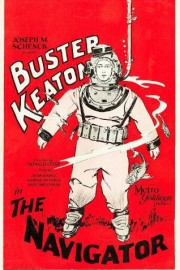
One of the interesting things I’ve found is that, in going buster kreaton’s works as they all stand out as such remarkable showcases of art that showcase his wonderful work as both actor and film-maker. Less well known than other Keaton classics such as The General (1926) or Steamboat Bill Jr (1928), The Navigator is none the less, a superb comedy, well constructed, beautifully executed and consistently funny. Keaton’s big stunt in The Navigator is an impressive dive from the deck of the ship into the waters below to save his girlfriend, a distance of at least 50 feet. But as with The Goat most of the best laughs come from Keaton’s response to particular situations for example the look he gives at the prospect of having to haul his unconscious girlfriend the ship’s ladder to get back on deck. And his deadpan humour is to the fore in the way he nonchalantly produces a new hat each time his existing one is blown off by the wind or how he idly buffs his nails on the spinning treadmill. And the great gag of the indolent Treadway’s use of his chauffer driven limo to cross the road to his girlfriend’s house is almost immediately eclipsed by his decision to take a ‘long walk’ back home to clear his head that makes it a remarkable comedy gem that was one of his favorite films as he would say this movie is a must seeclassic.
College (1927)
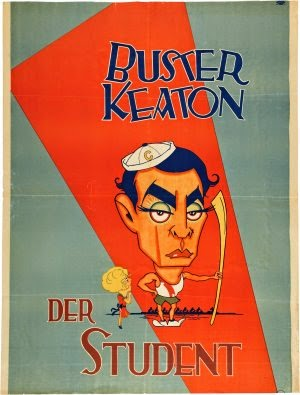
College is a hilarious short Buster Keaton feature. It is just over an hour. Their is a rumor that Keaton cut a football sequence to avoid comparison to Harold Lloyd’s college themed film, The Freshman, released two years earlier. My favorite sequence is when he goes out for the baseball team. He has no clue what he is doing. Three players on the side bust a gut laughing at all of his ridiculous attempts. My favorite moment is when he runs around the bases thinking he is about to score. He slides into home head first, then flips his body over. The Great Stone Face looks so serious doing it all, only to find out that the ball was caught and he never tagged up. The film is still hilarious today. Super-dynamic, it’s not boring at all and it’s only an hour long, the right amount of time to develop a simple story and offer a lot of great slapstick comedy. There’s also some subtler irony in several places, as in Roland’s speech against sport made by Buster Keaton who, in reality, was an exceptionally athlete! The construction of the scenes is, especially in the central part, a bit repetitive (an athlete does something perfectly, then Keaton follows and fails: repeat the formula x times), but I was impressed by some scenes, for example when slow motion is used as a special effect of the fall slowed by the open umbrella.This movie is not one of his most known works but still a fun film to watch.
Why i adore buster kreaton so much

I simply adore Buster Keaton because he simply could make any simple gag and many complex gags all work together as I went through his shorts i found that he simply is marvelous with his timing that he manages make any gag truly stand out by his timing as he makes simple gags and many ladder gags all stand out. He is also a wonder with mechanical gags and he adored trains and other modes of transport as he would often use them in his gags and shorts. He did westerns a few times that managed poke fun at the western in fun ways before western spoofs were a thing. It is truly remarkable managed do so many wonderful gags and stunts without help of anyone. I would say that some of my biggest belly laughs came from viewing Buster’s short films. I would say he ranks among the best of comedy legends all time to my eyes. Buster kreaton is simply one of the true founders of visual comedy and modern comedy that i adore so much as i hoped you enjoyed my talk about him today as he was such fun to talk about today.
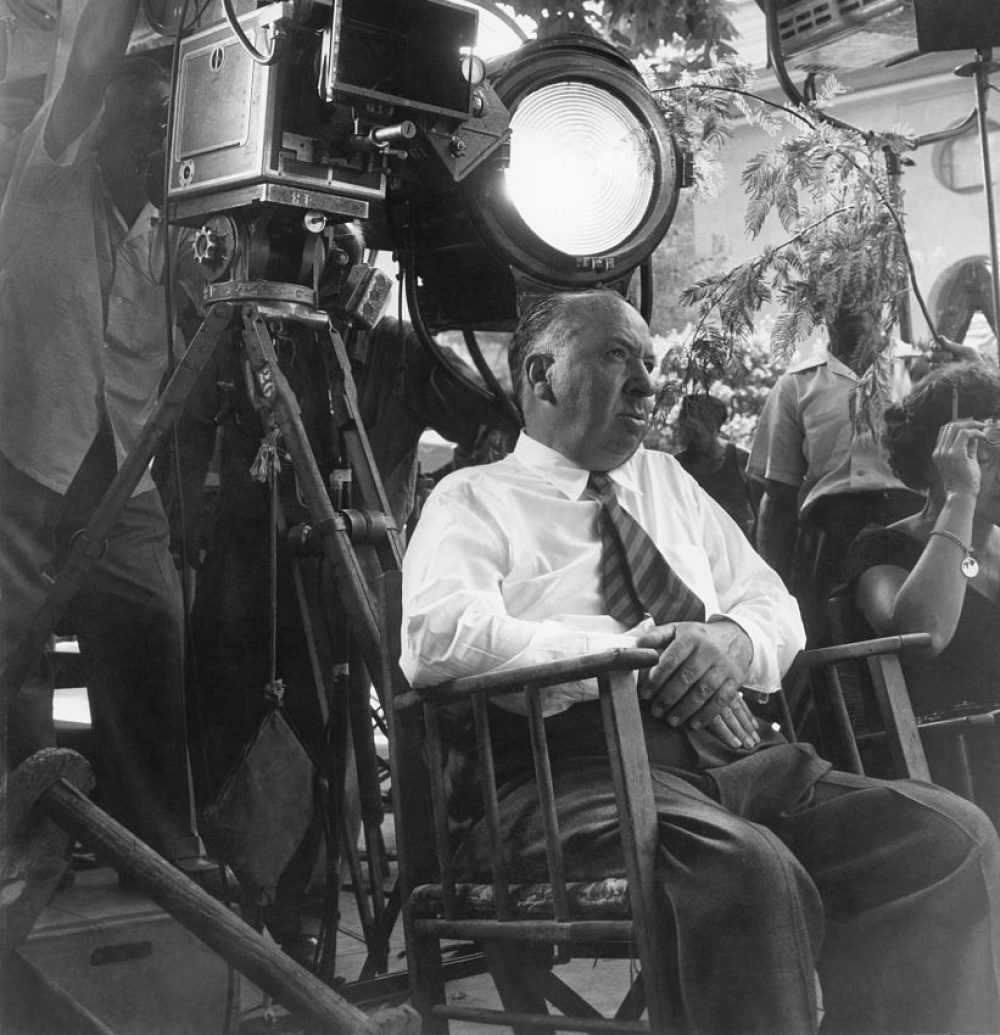
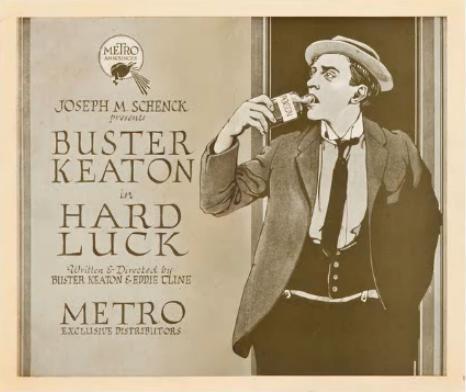





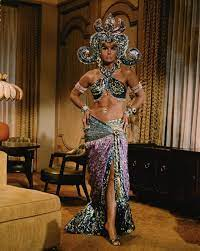
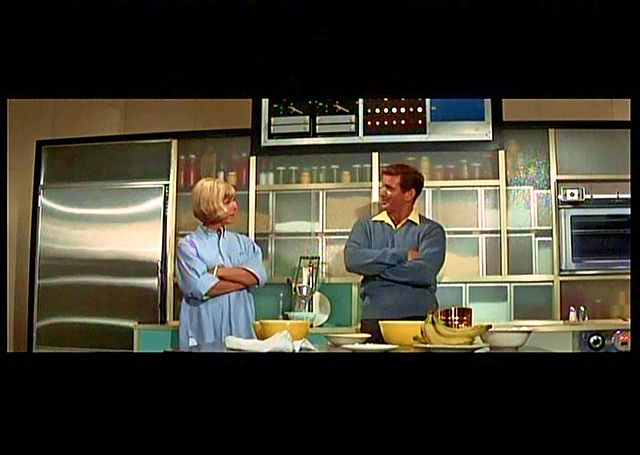




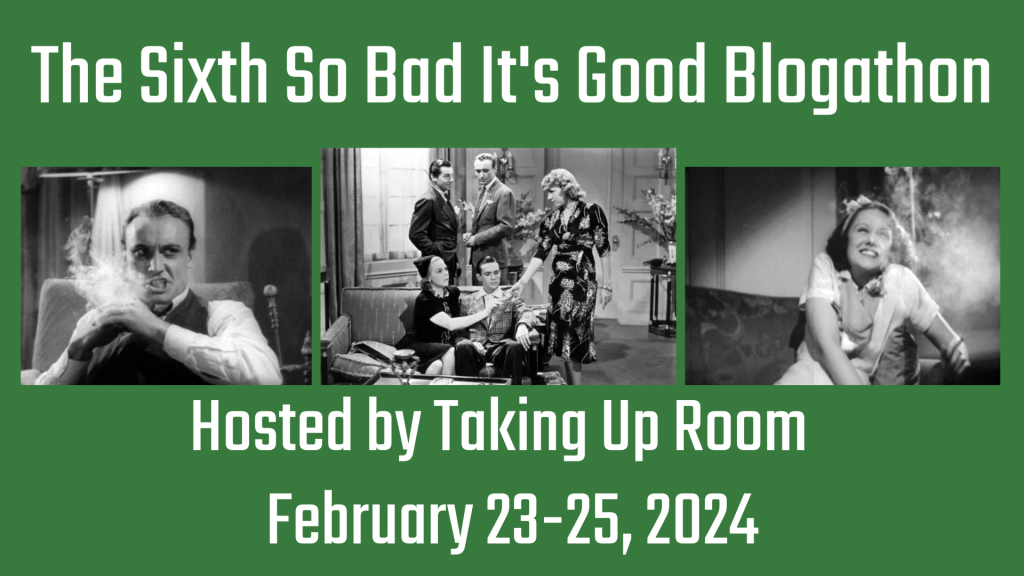
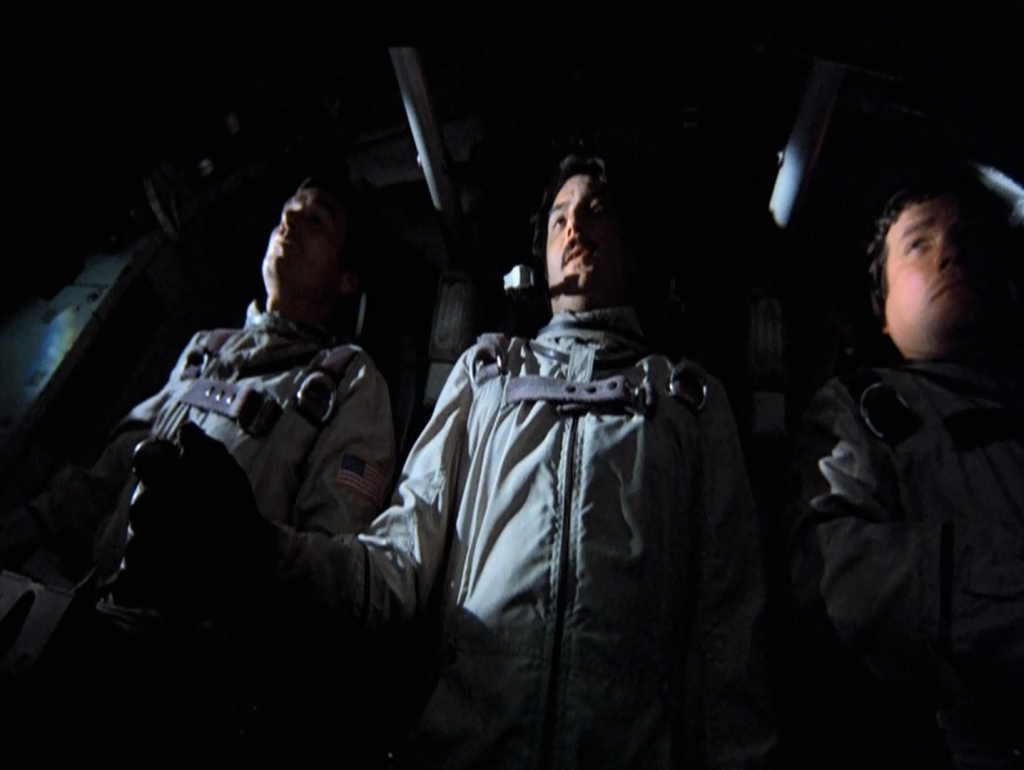

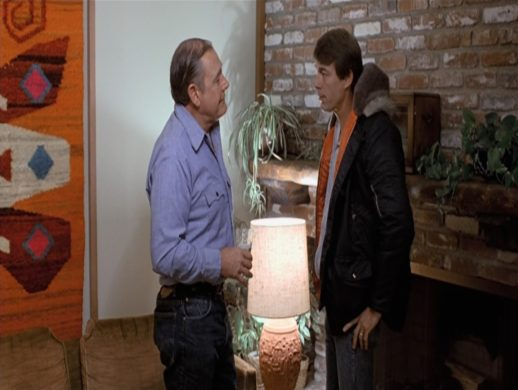

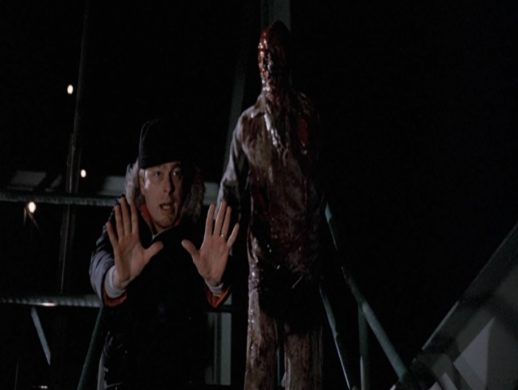

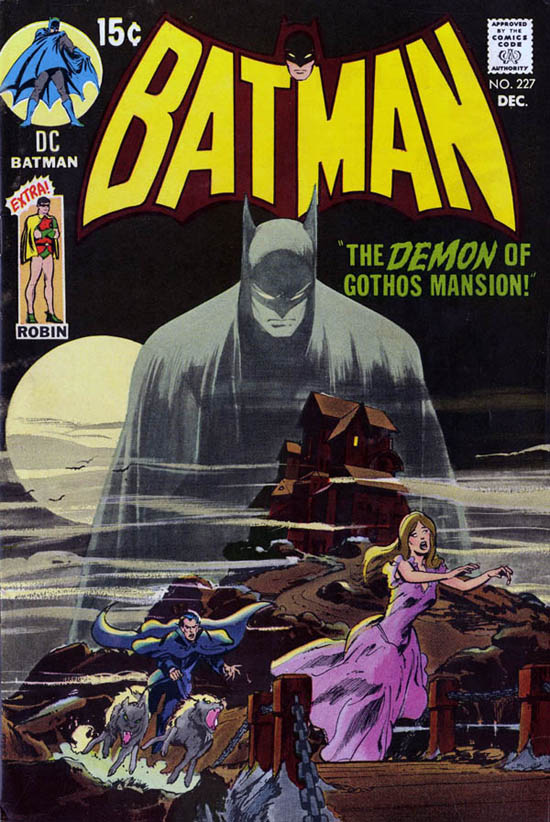




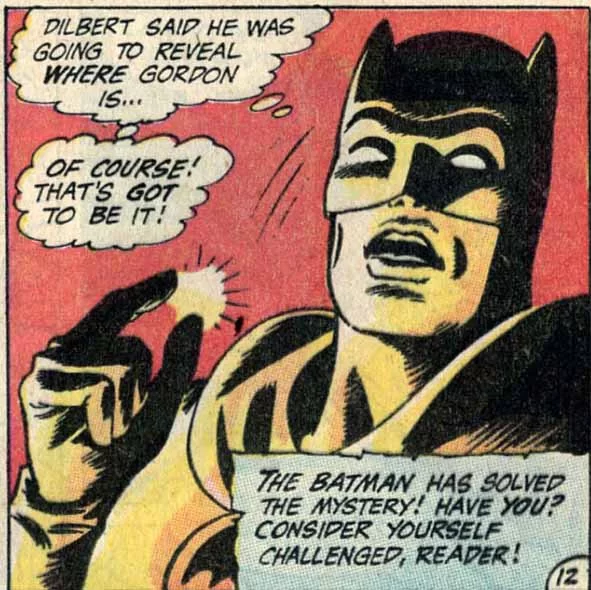
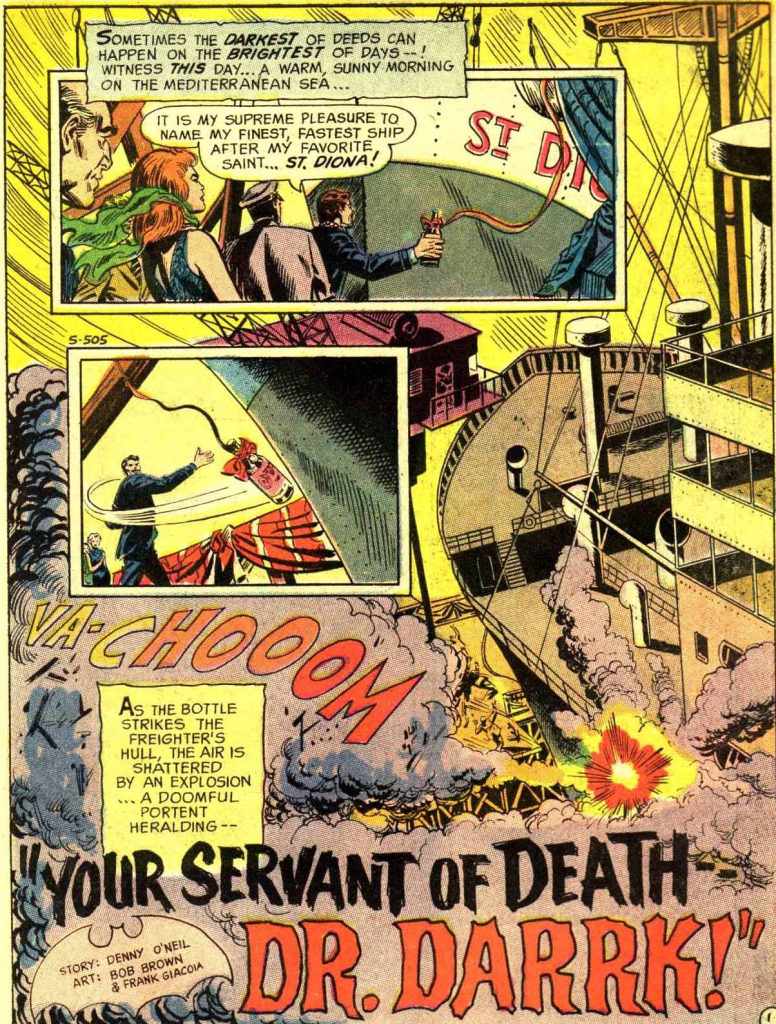
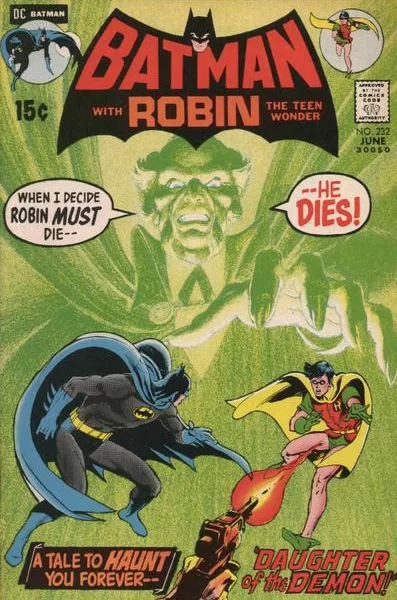
 Batman #245 serves as an epilogue, wrapping up the Bruce-Wayne-is-dead plot thread. It is dated October 1972, two years after the saga first started on the pages of Detective Comics. After this globetrotting extravaganza, Denny O’Neil’s Batman stories grew increasingly urban, most famously in ‘There is No Hope in Crime Alley!’ where O’Neil established the place where Bruce Wayne’s parents were killed – Park Row, now known as Crime Alley. He also created the character of Leslie Thompkins, the kind old woman who represents all that’s worth saving in Gotham City and who became a recurrent character in the Dark Knight universe.
Batman #245 serves as an epilogue, wrapping up the Bruce-Wayne-is-dead plot thread. It is dated October 1972, two years after the saga first started on the pages of Detective Comics. After this globetrotting extravaganza, Denny O’Neil’s Batman stories grew increasingly urban, most famously in ‘There is No Hope in Crime Alley!’ where O’Neil established the place where Bruce Wayne’s parents were killed – Park Row, now known as Crime Alley. He also created the character of Leslie Thompkins, the kind old woman who represents all that’s worth saving in Gotham City and who became a recurrent character in the Dark Knight universe.